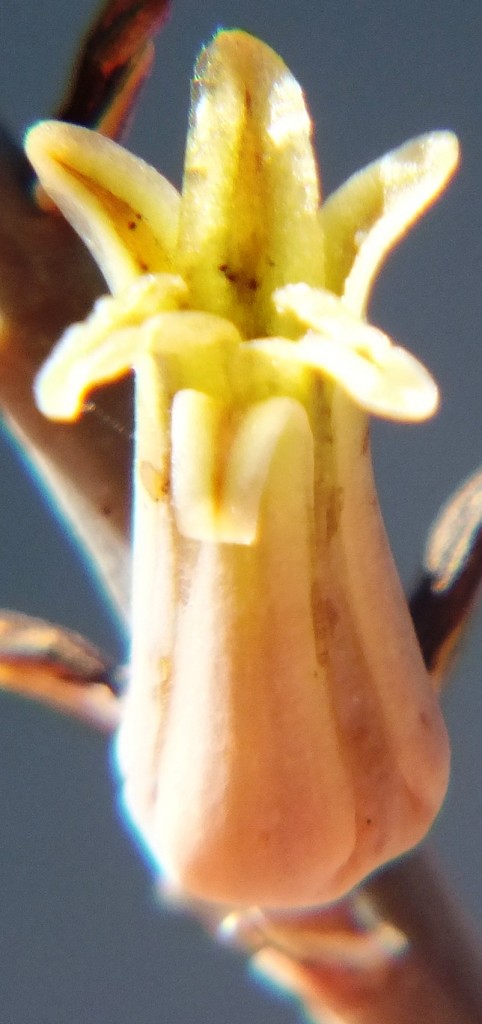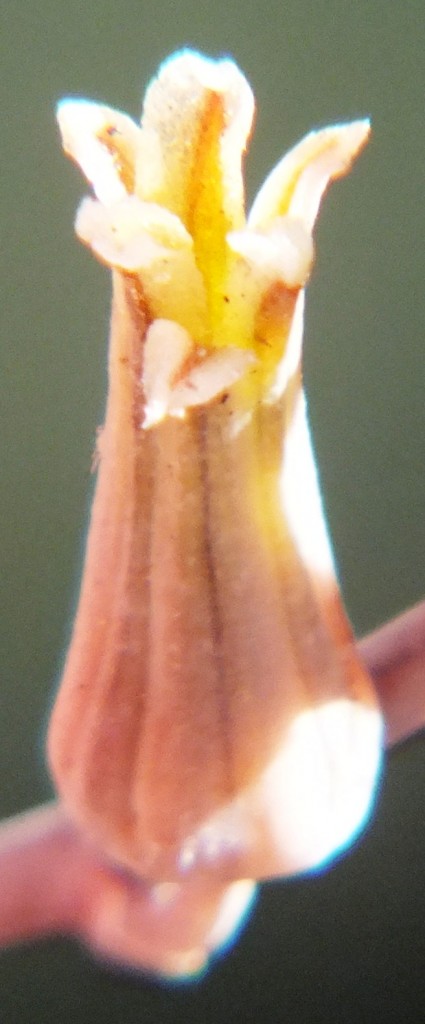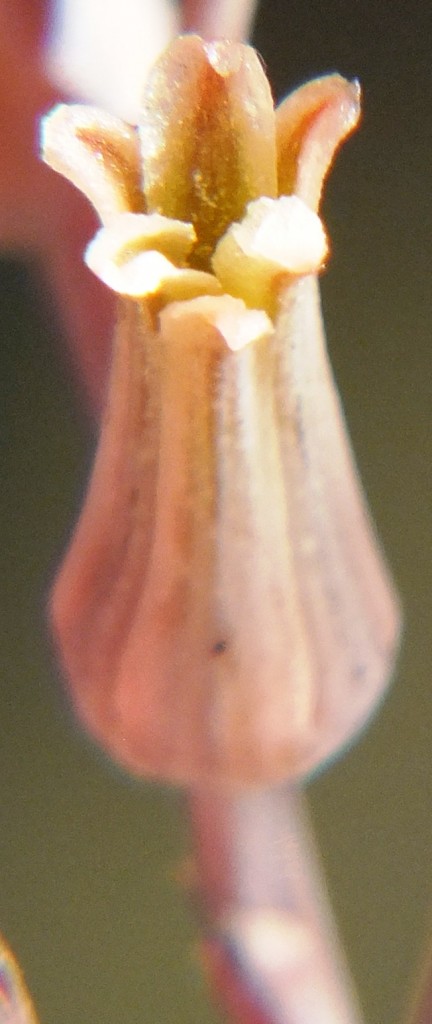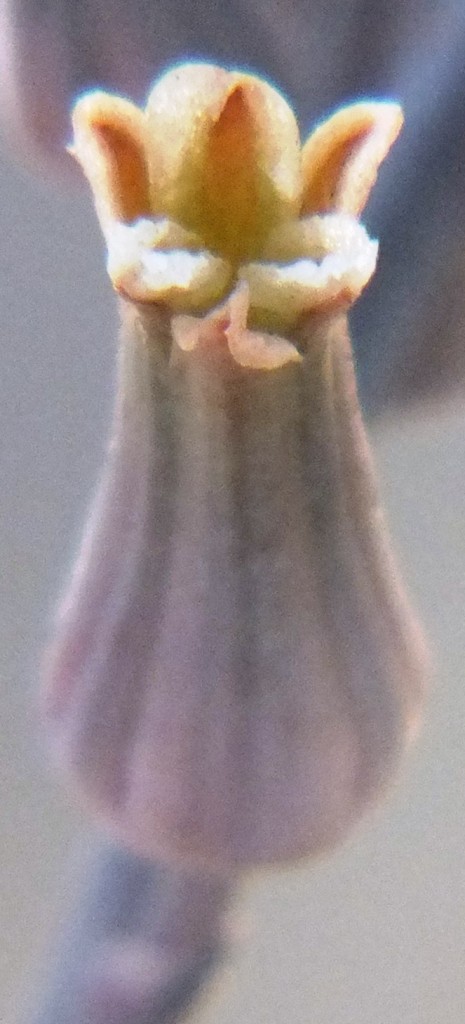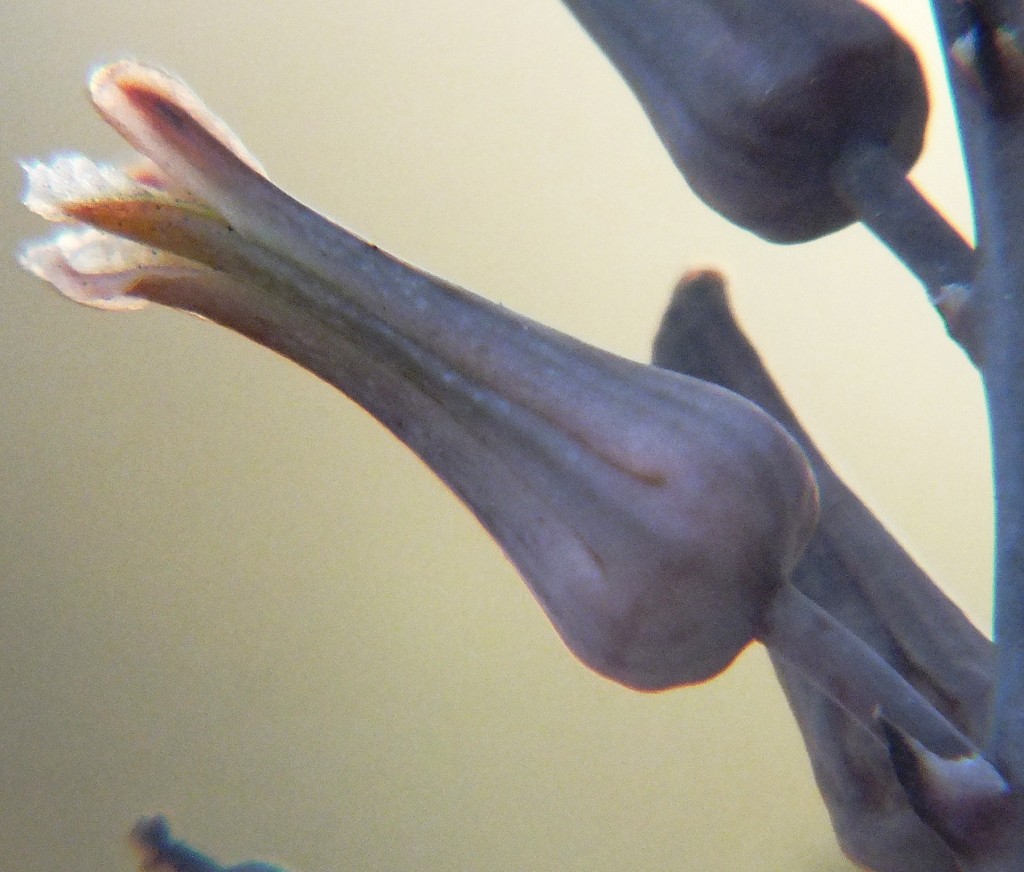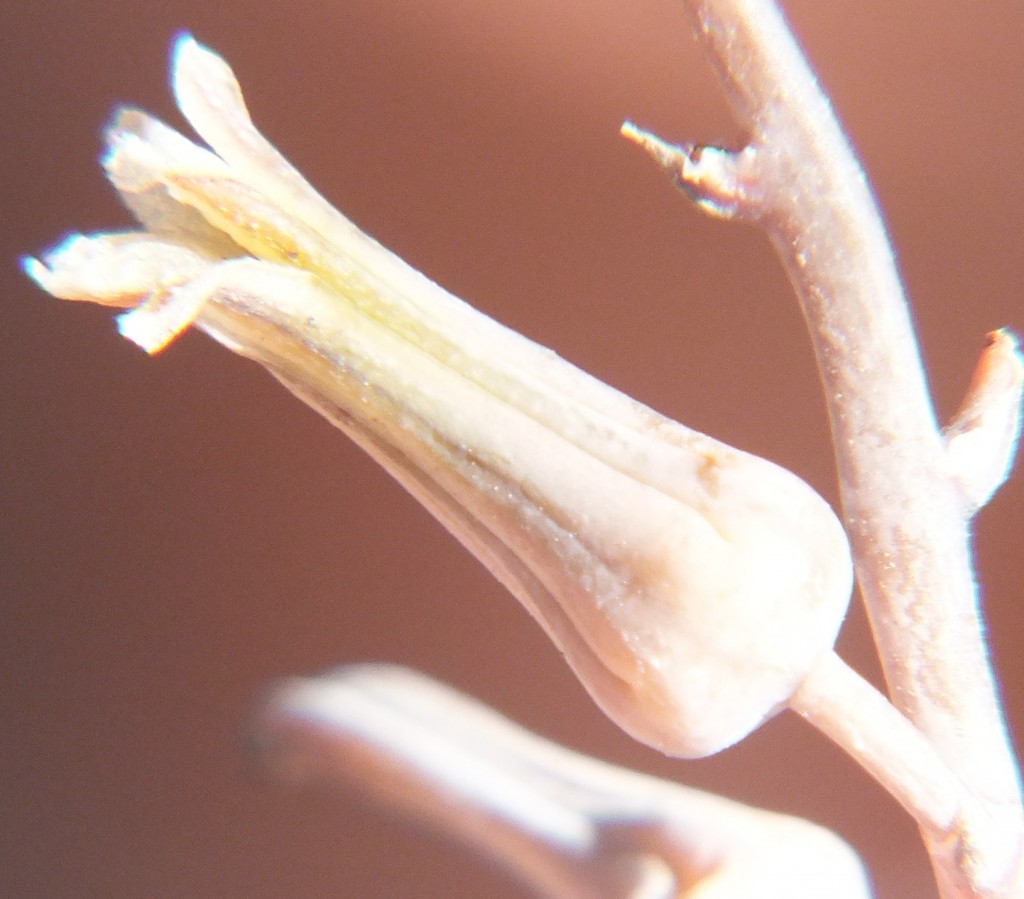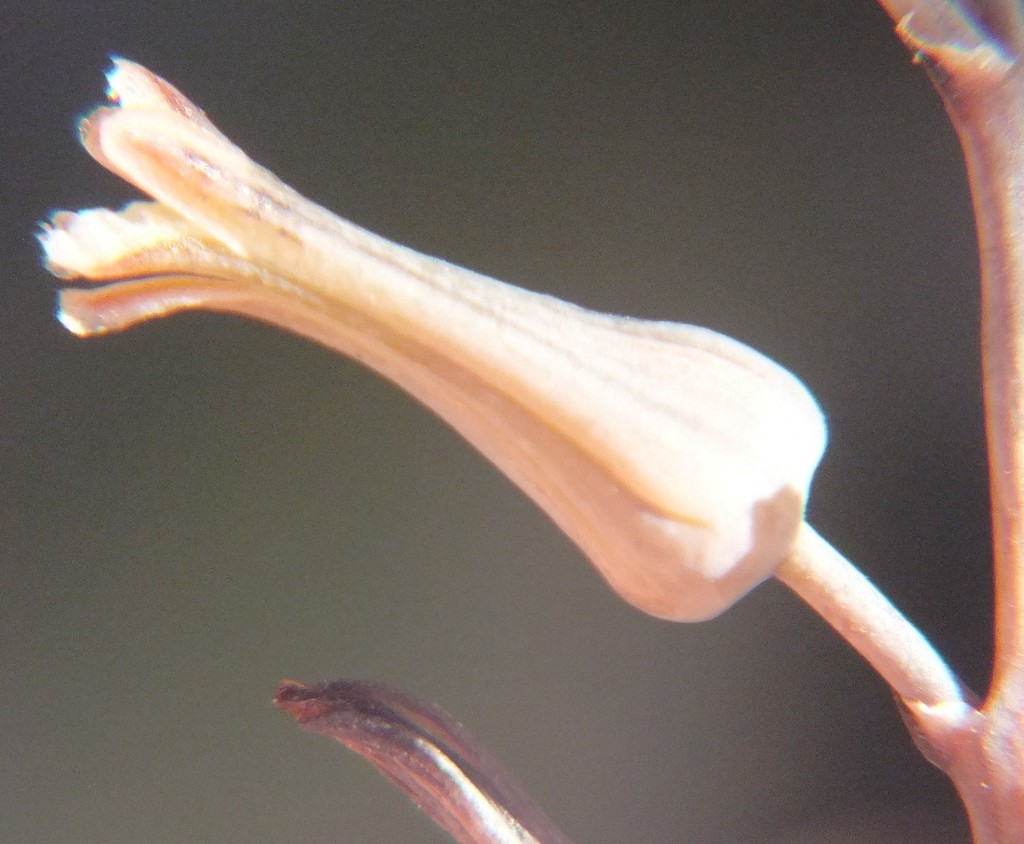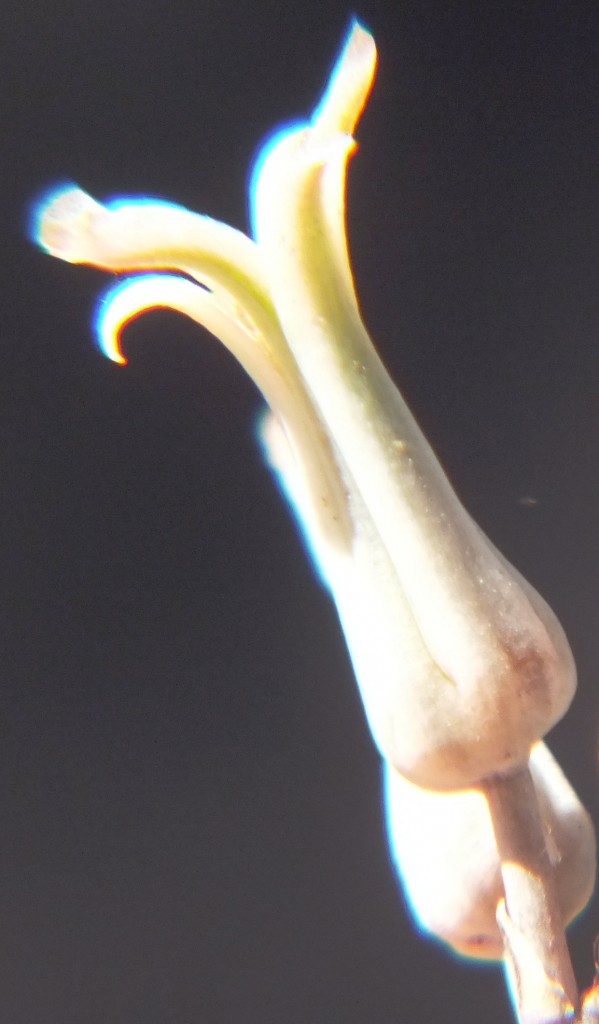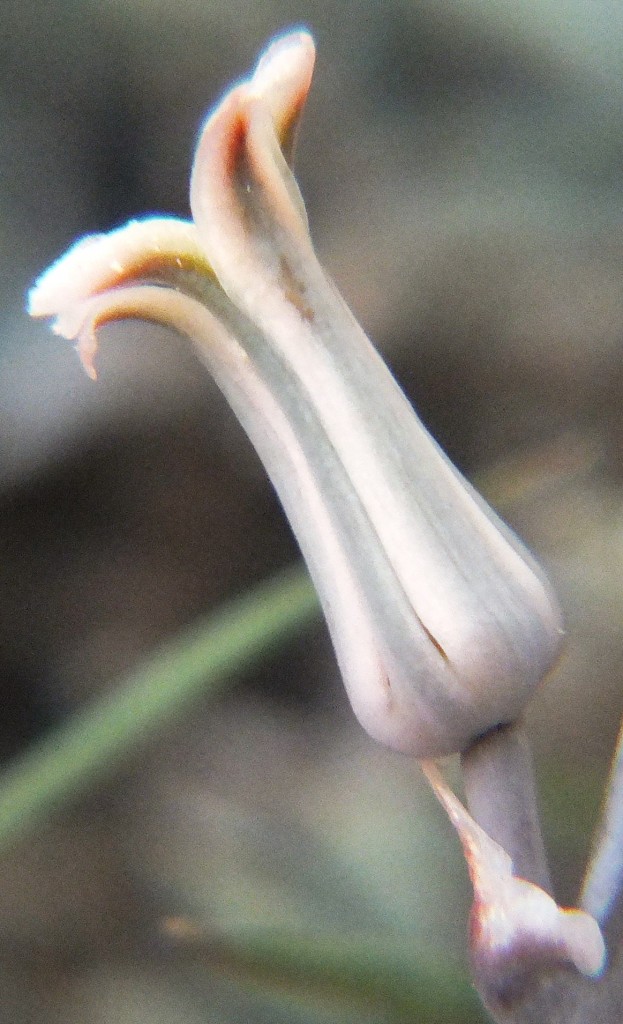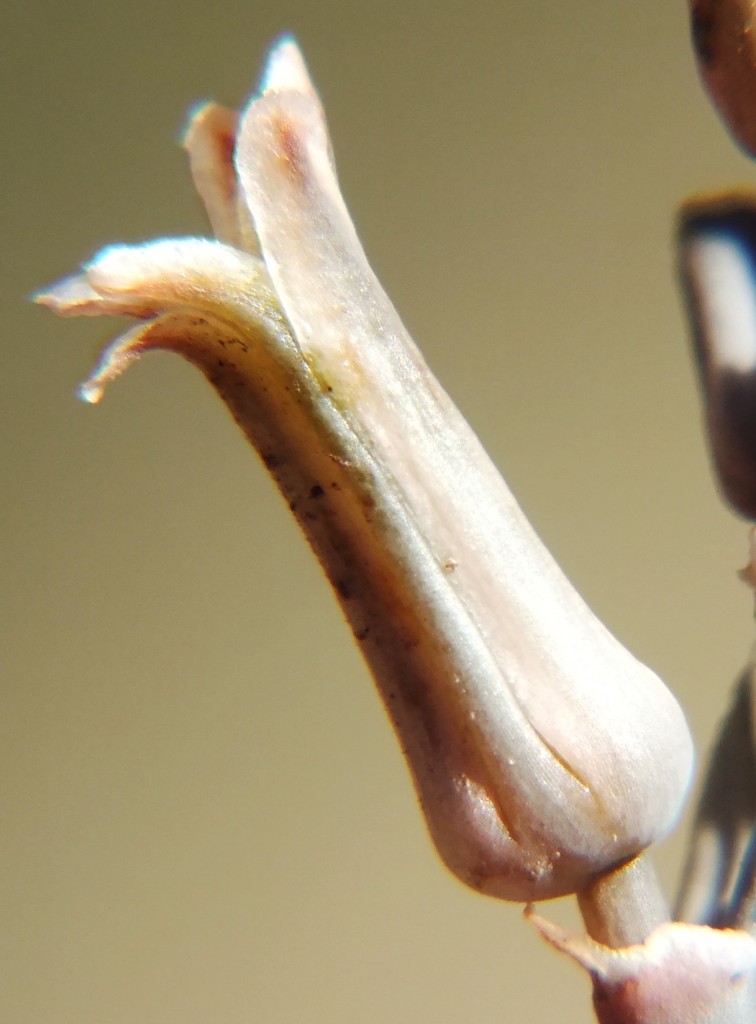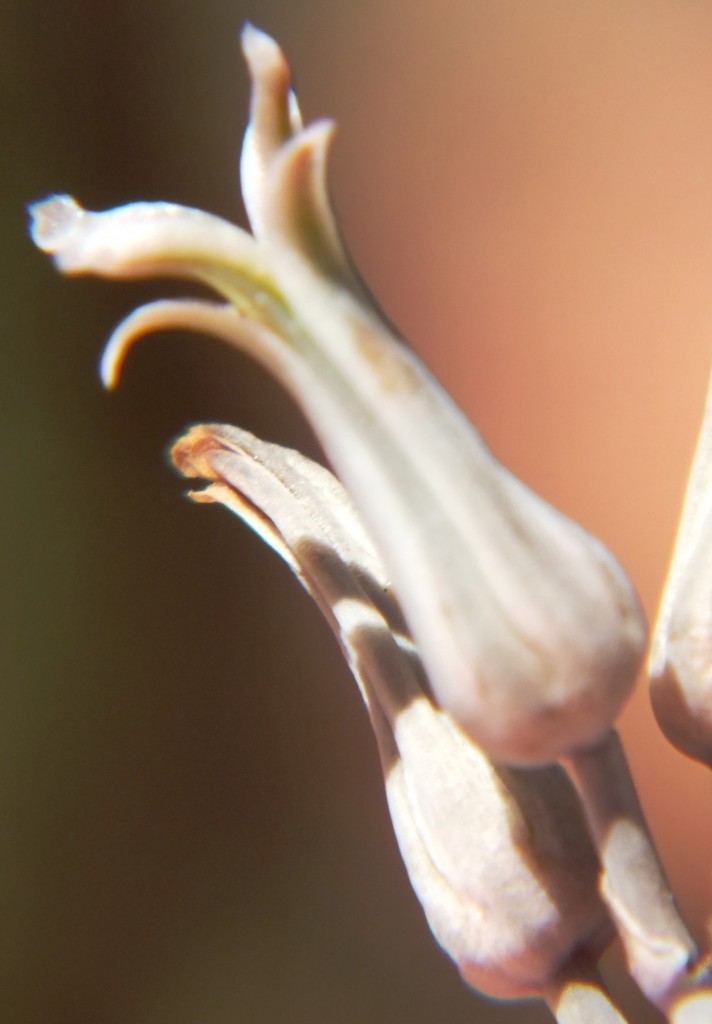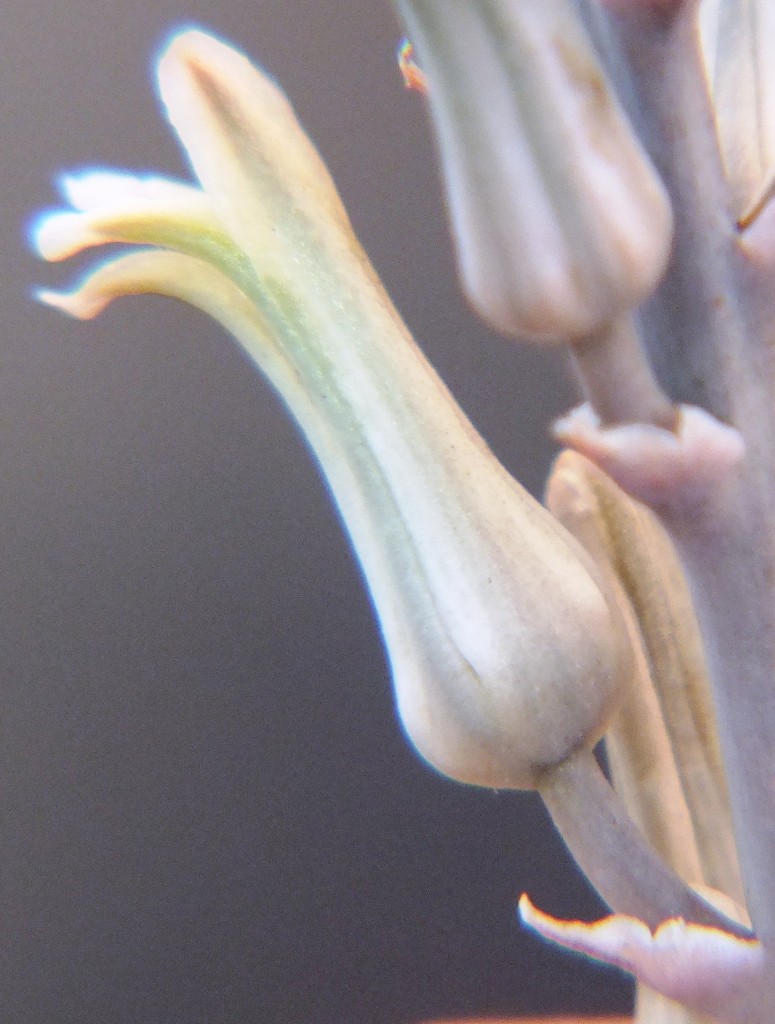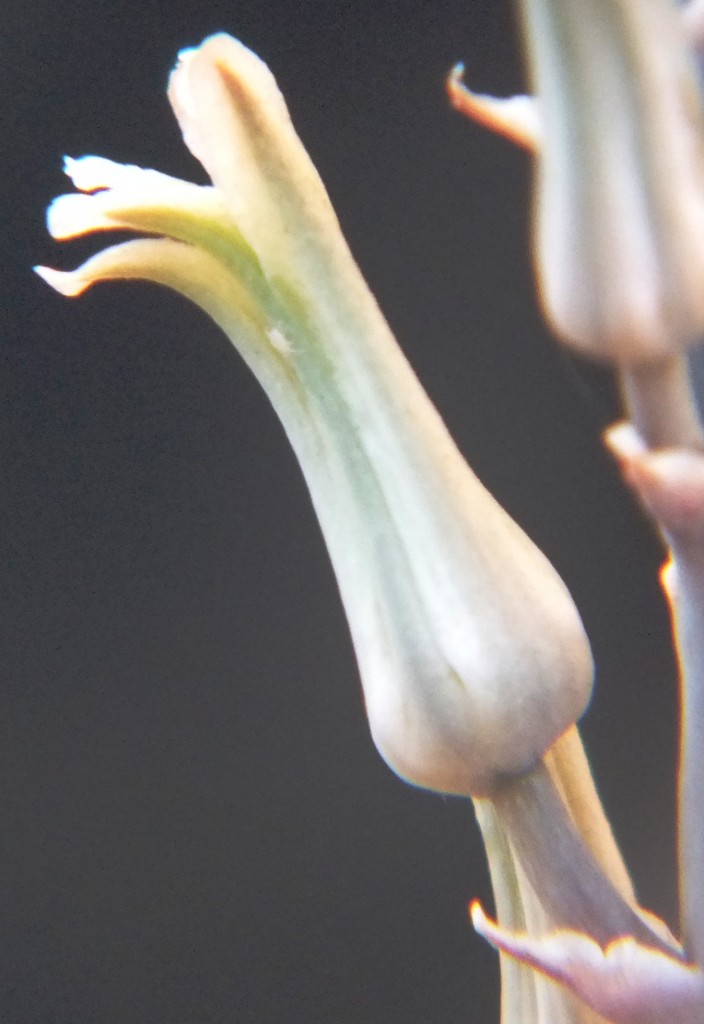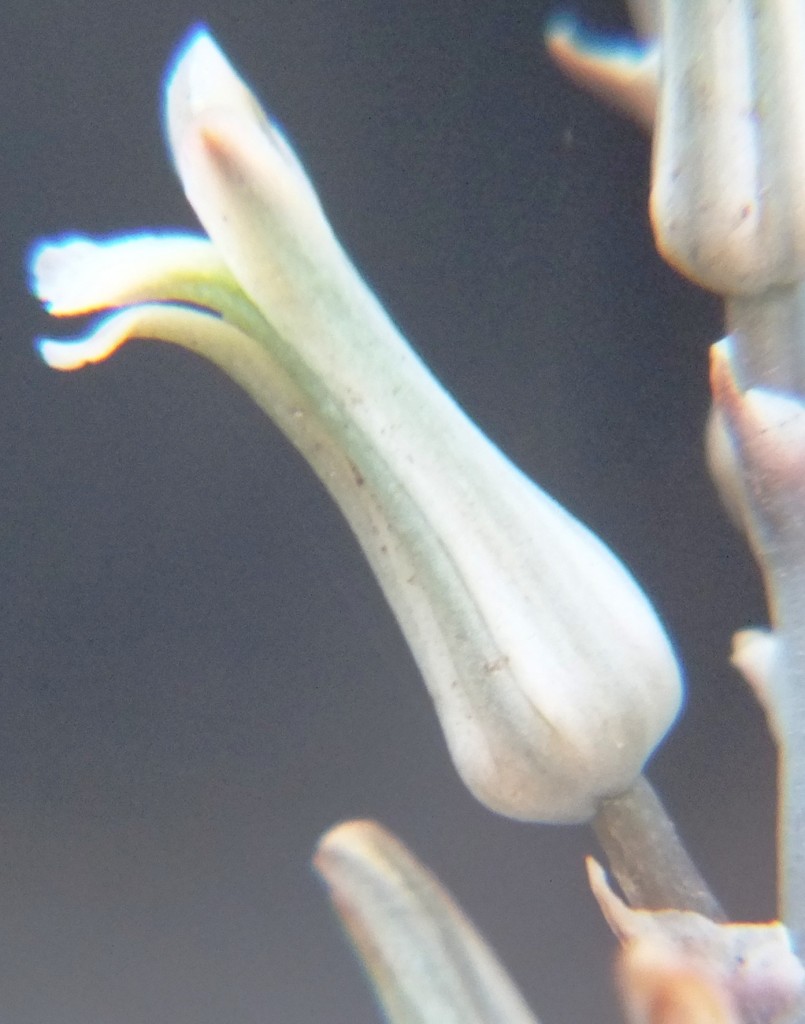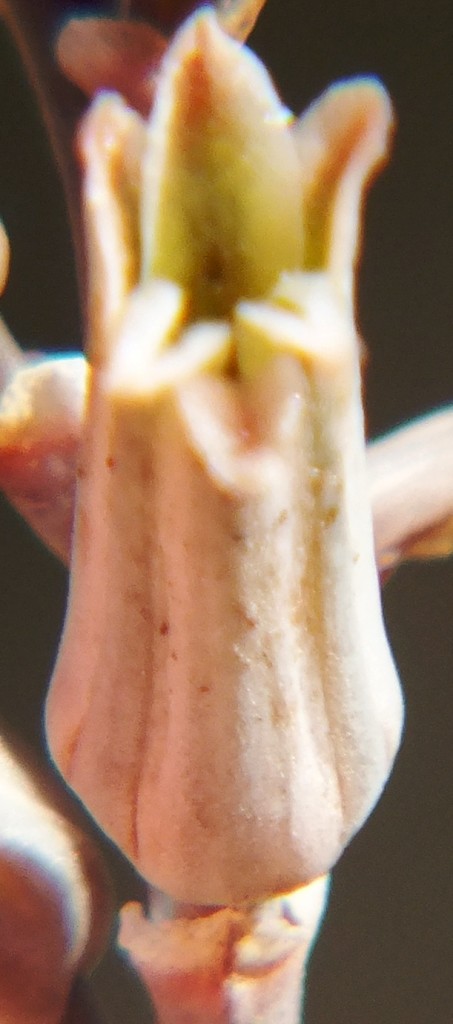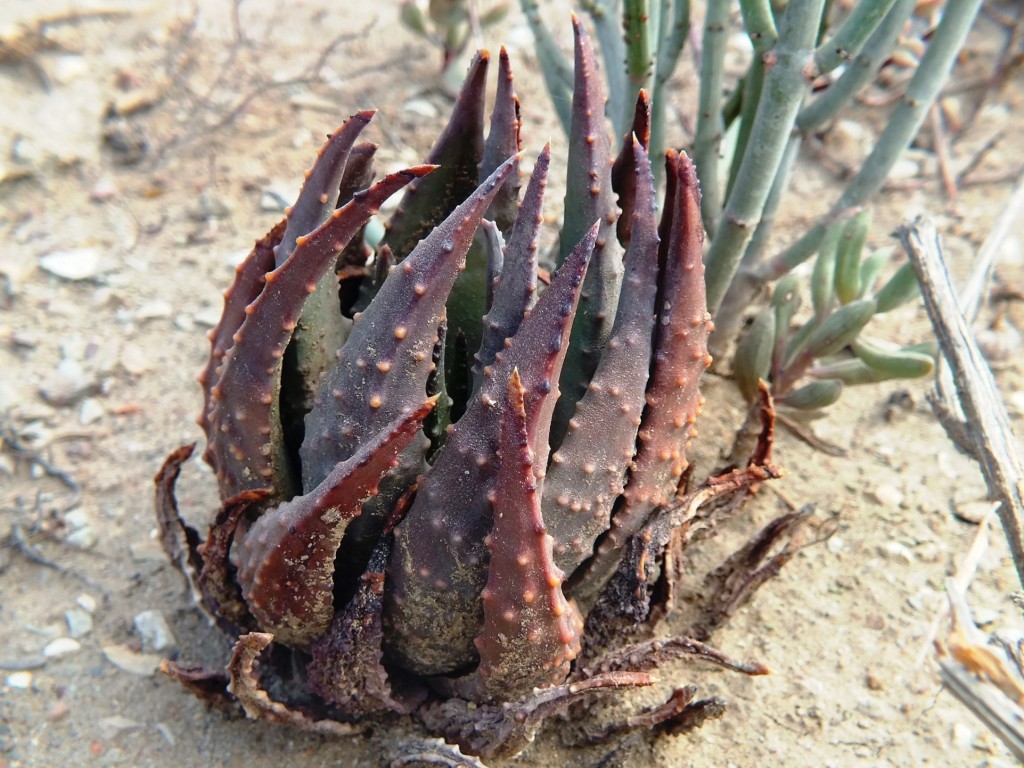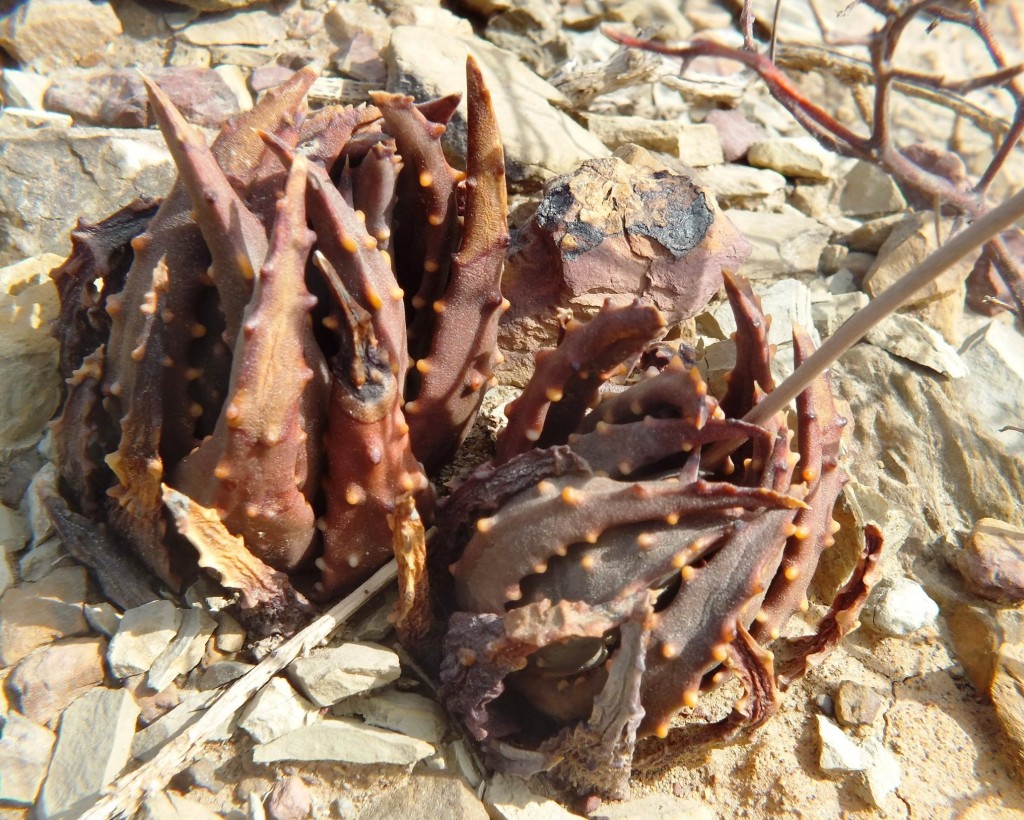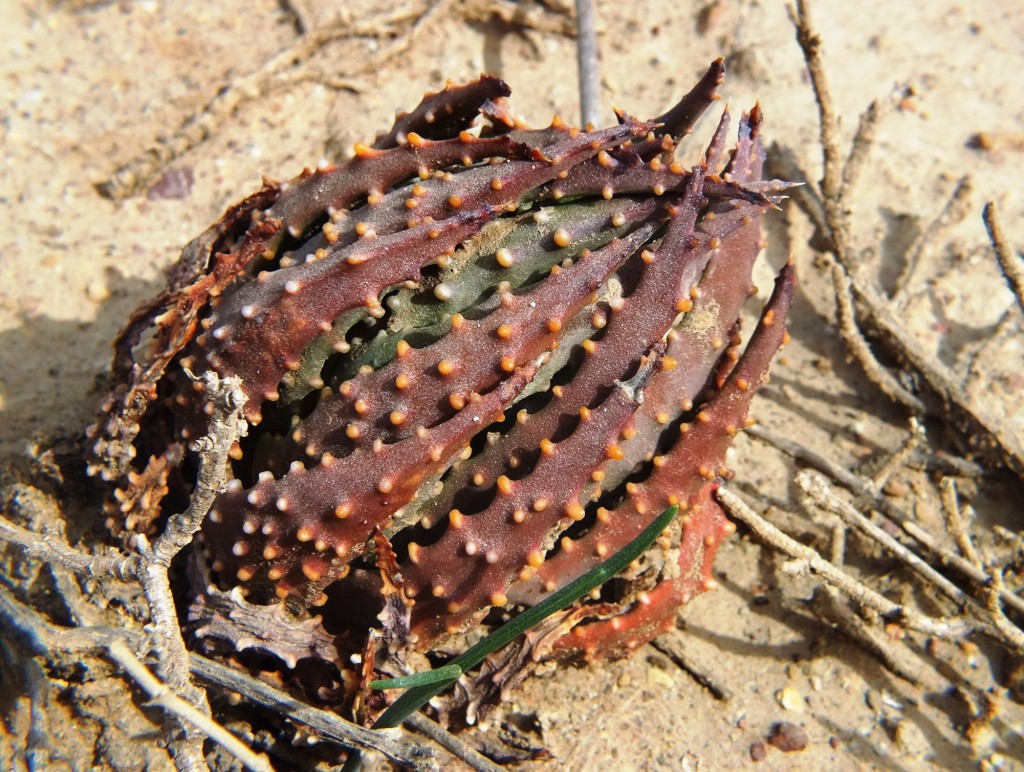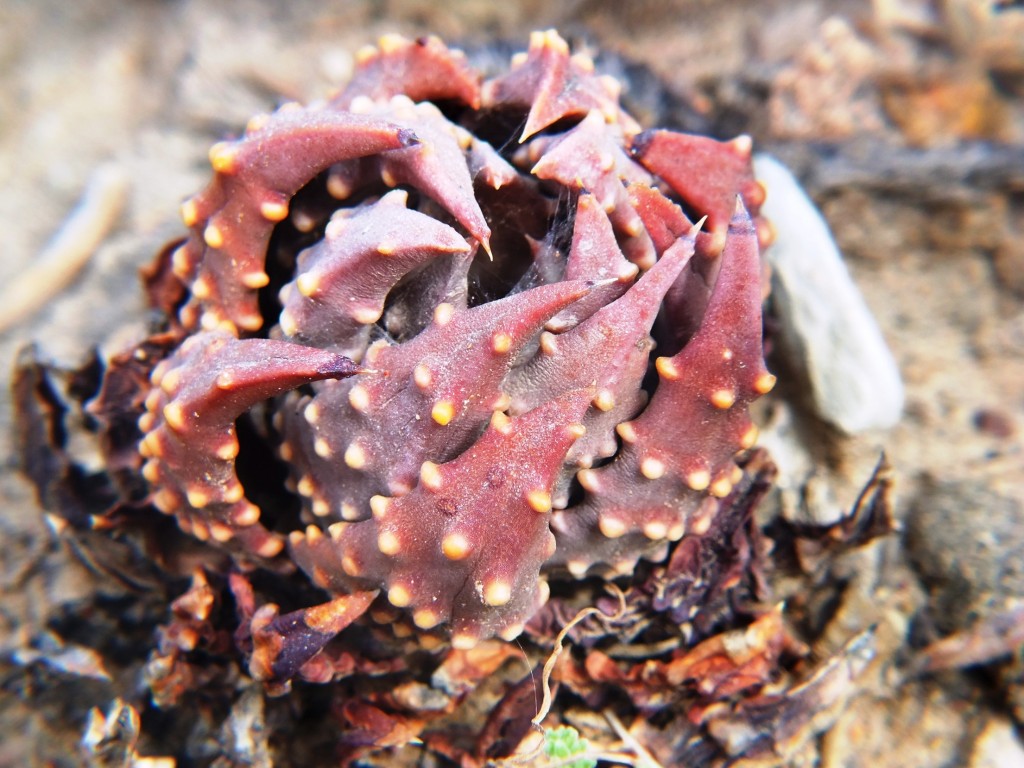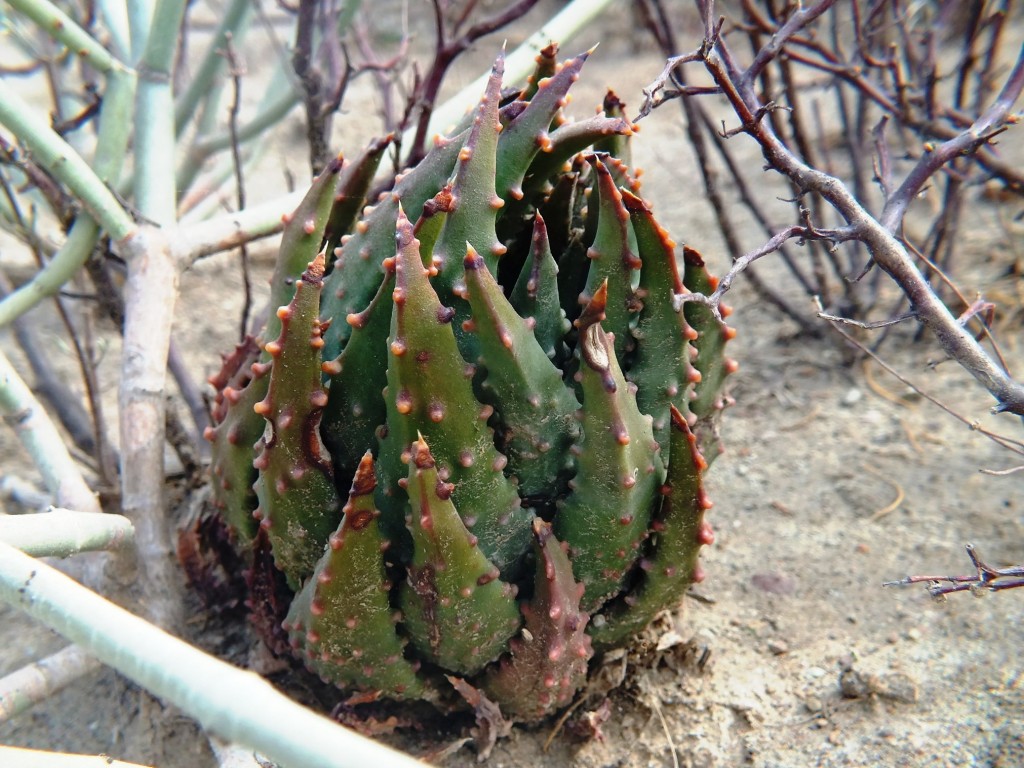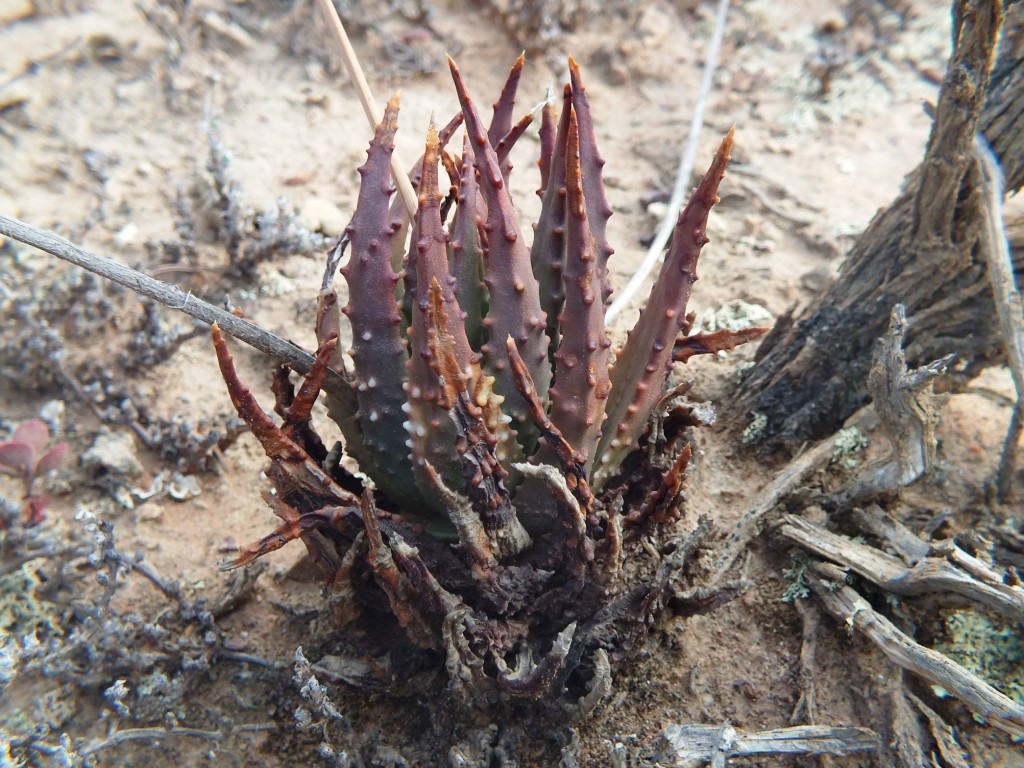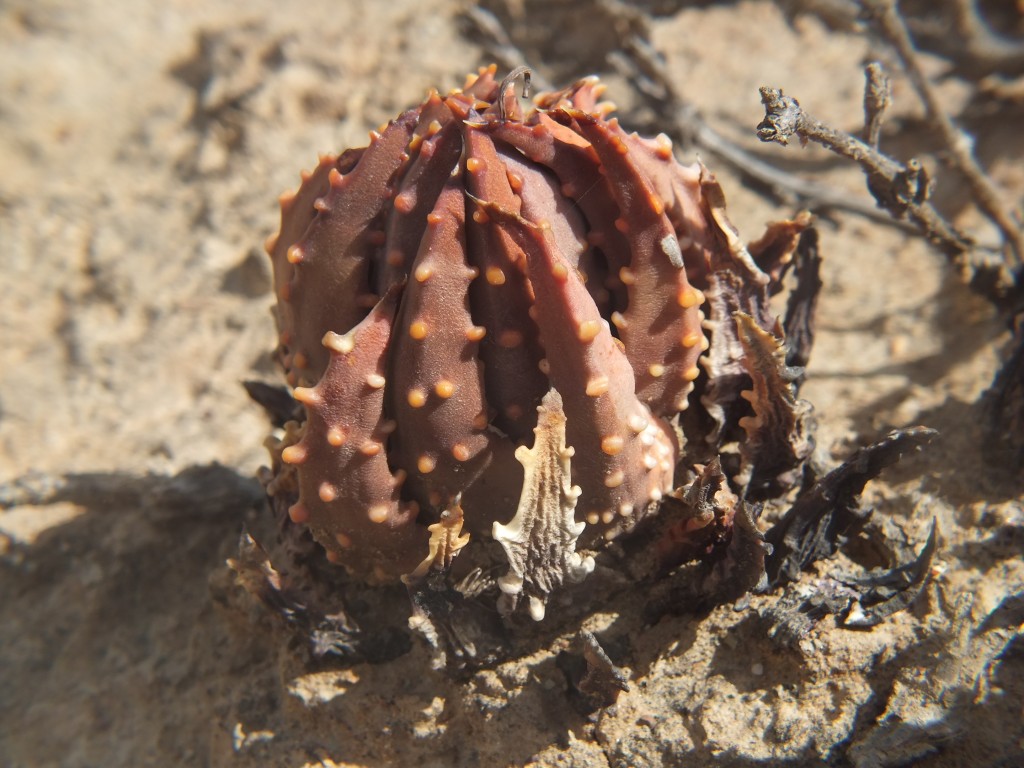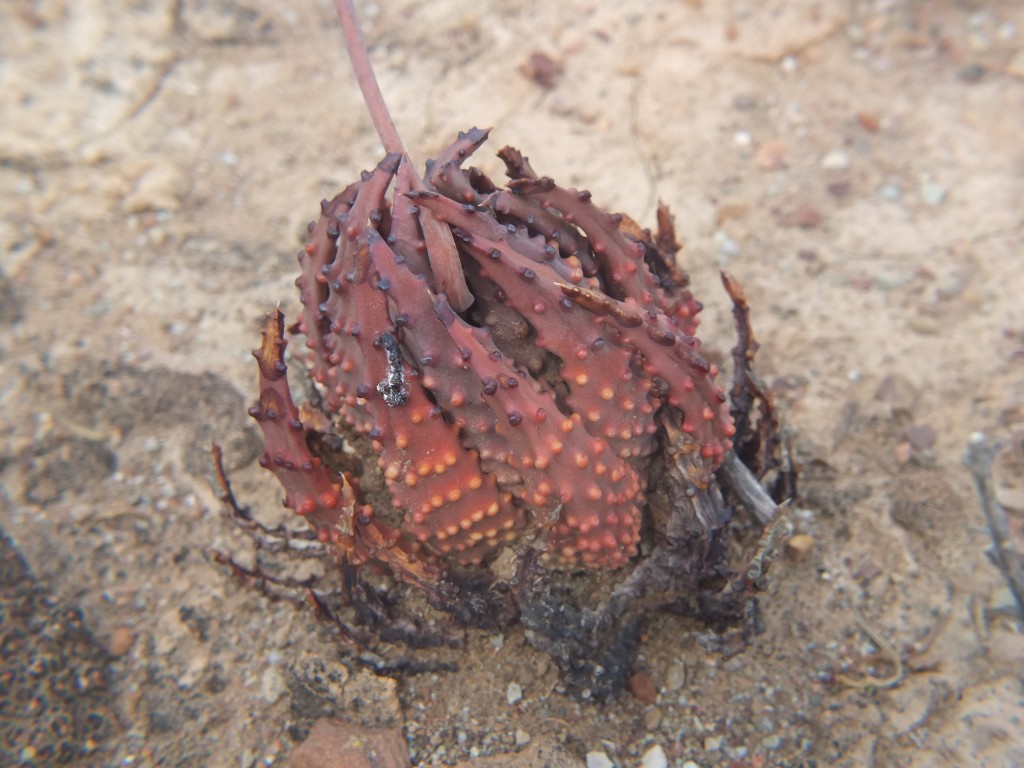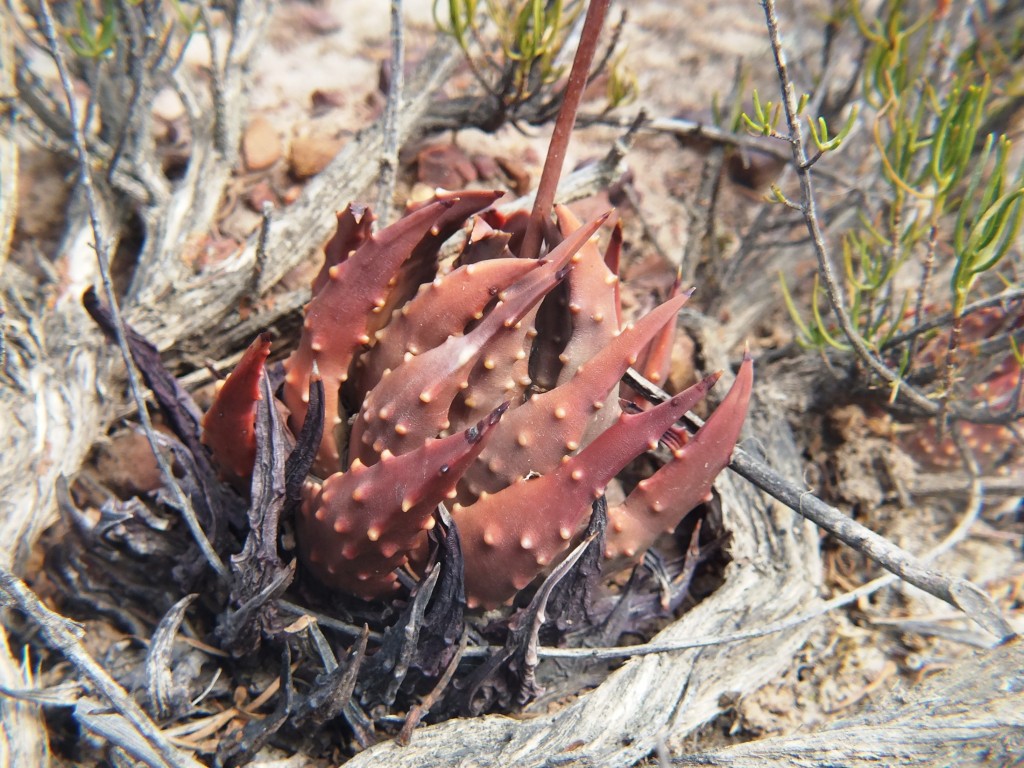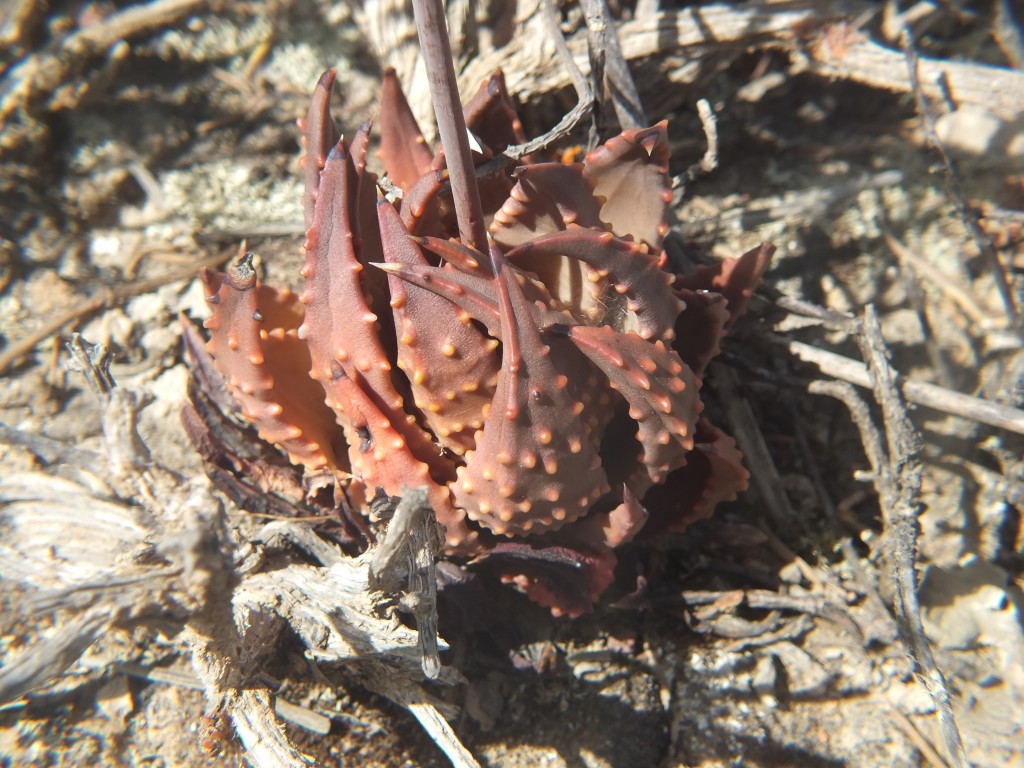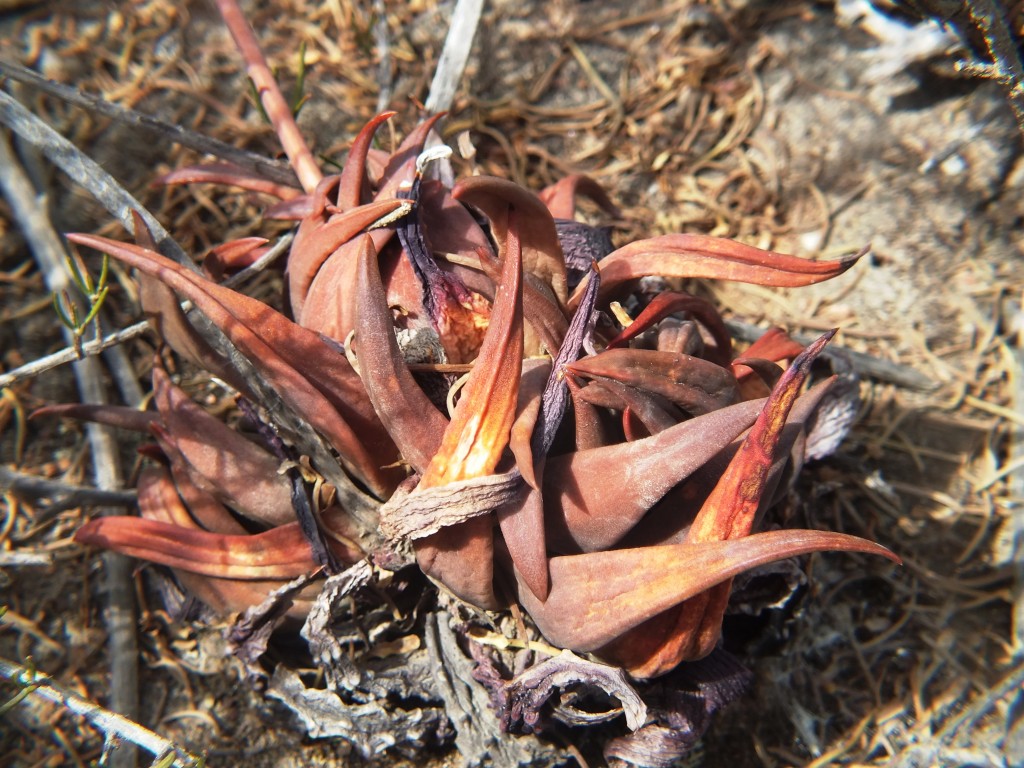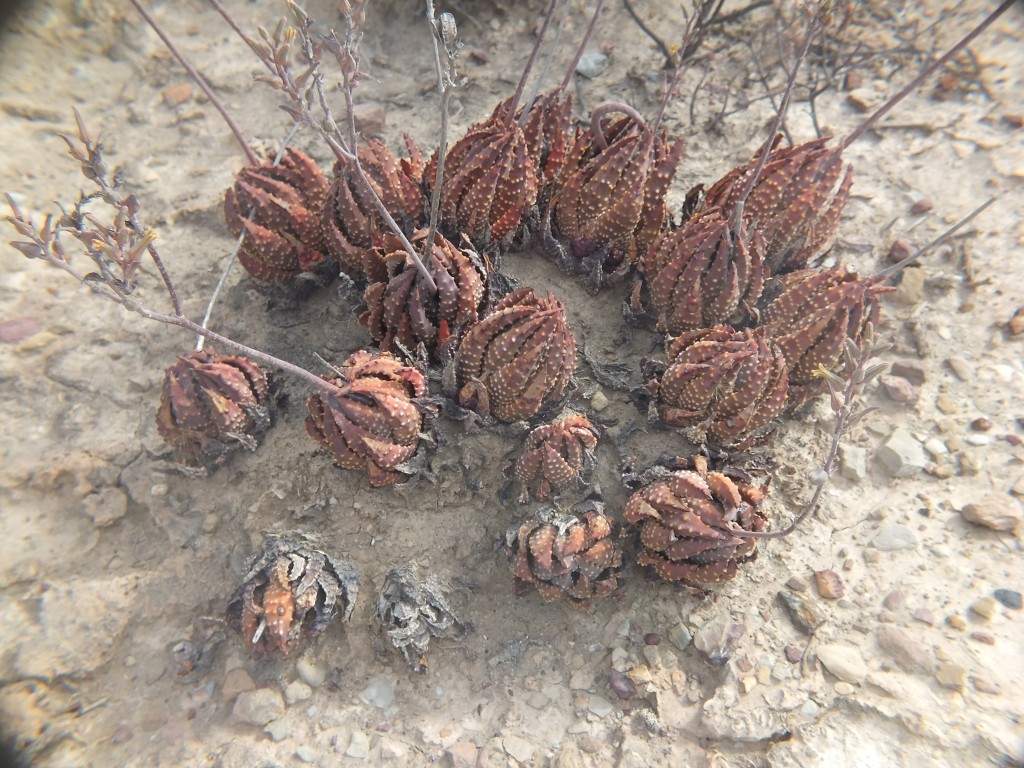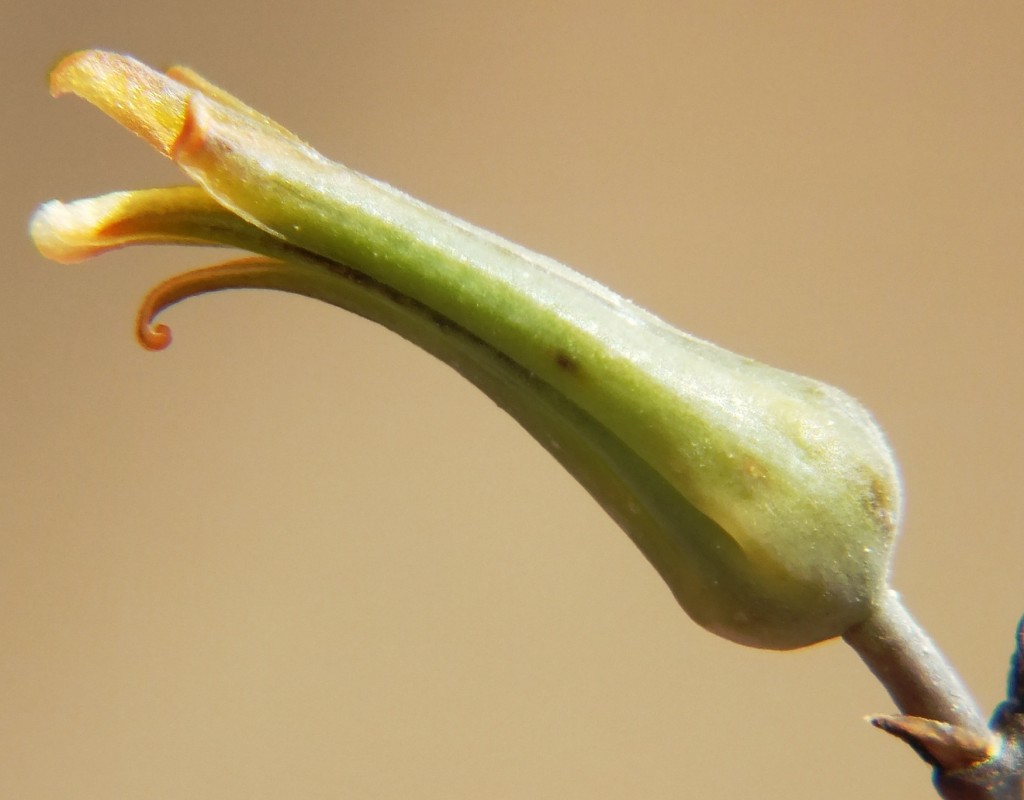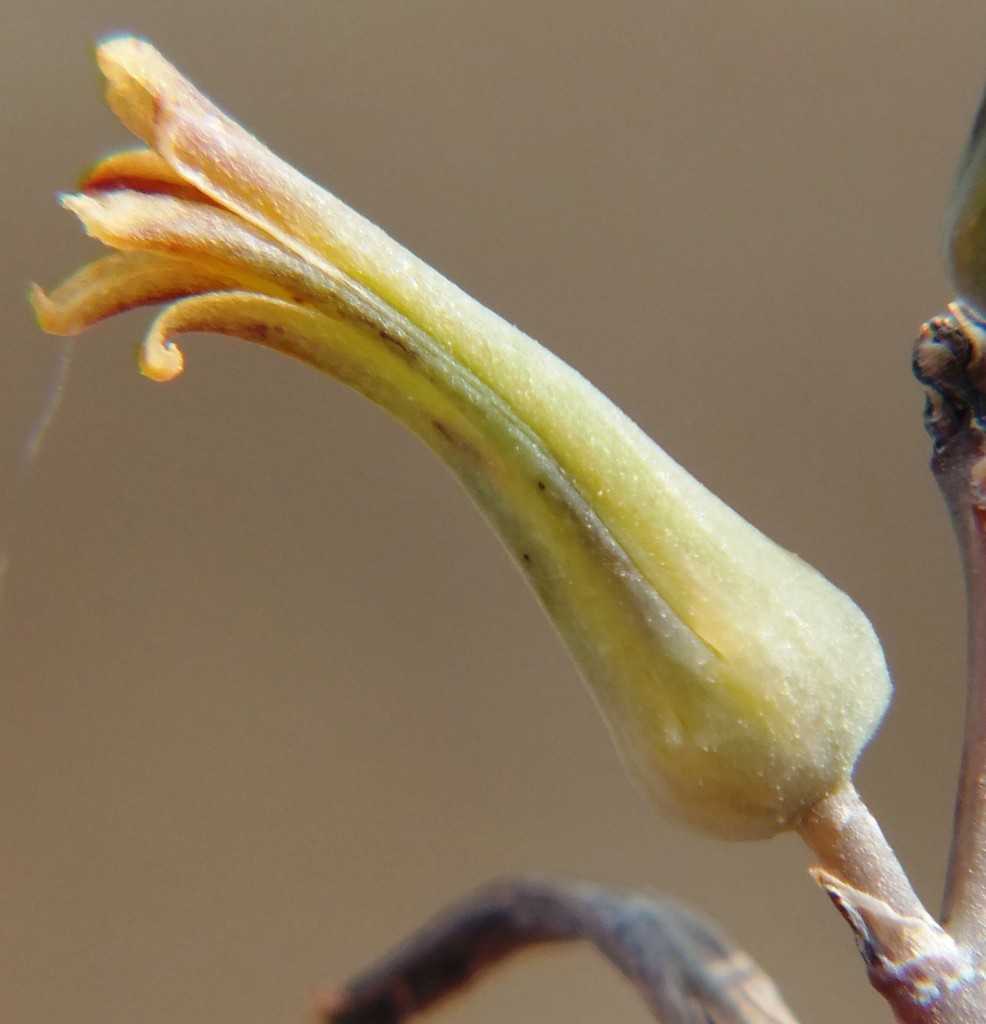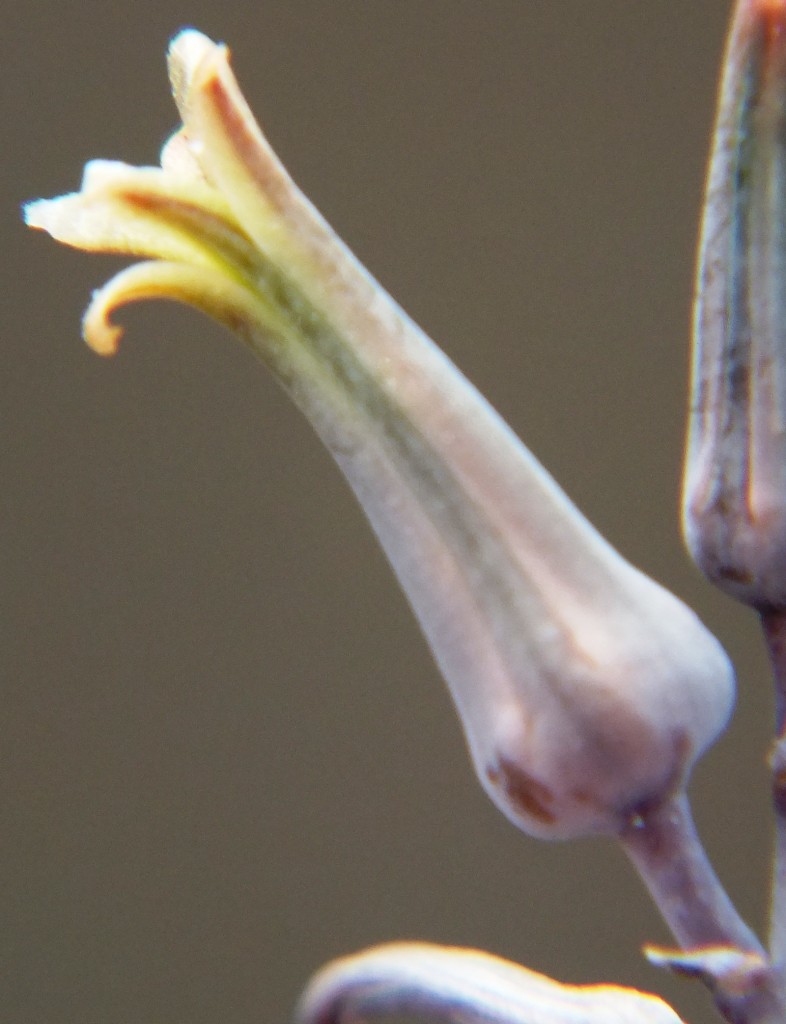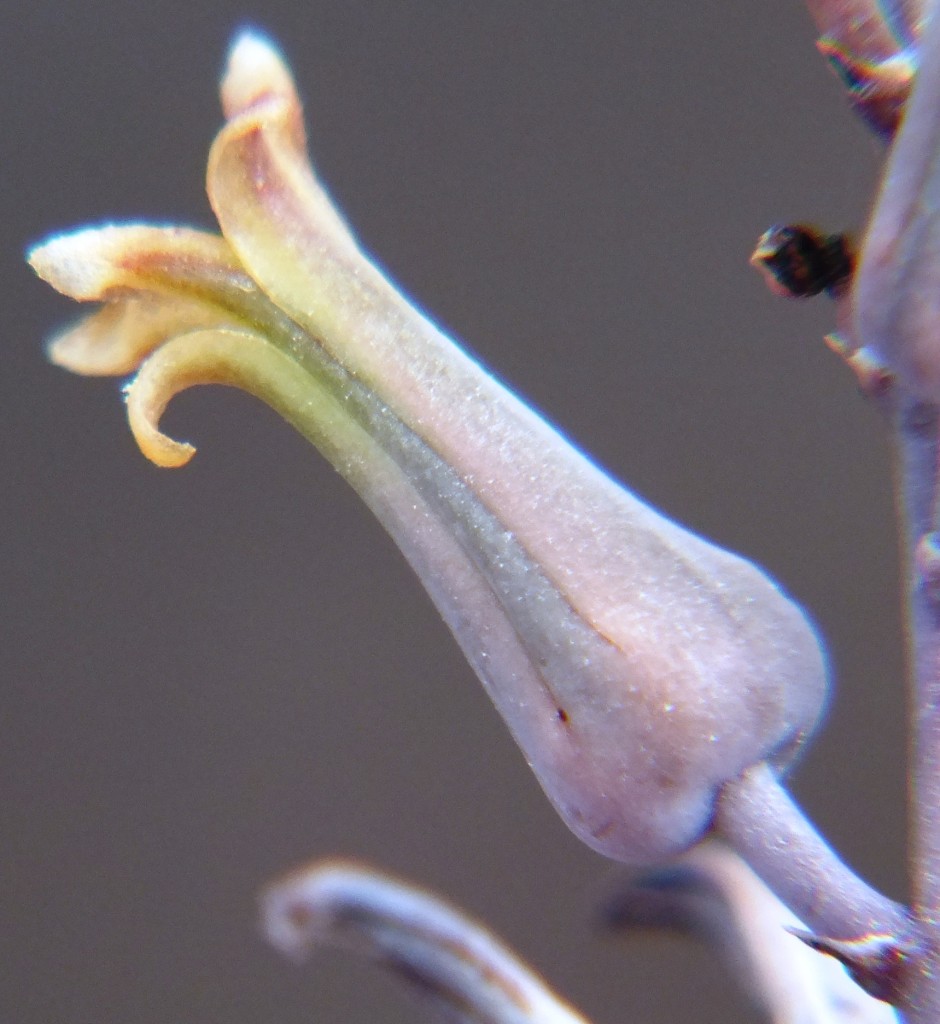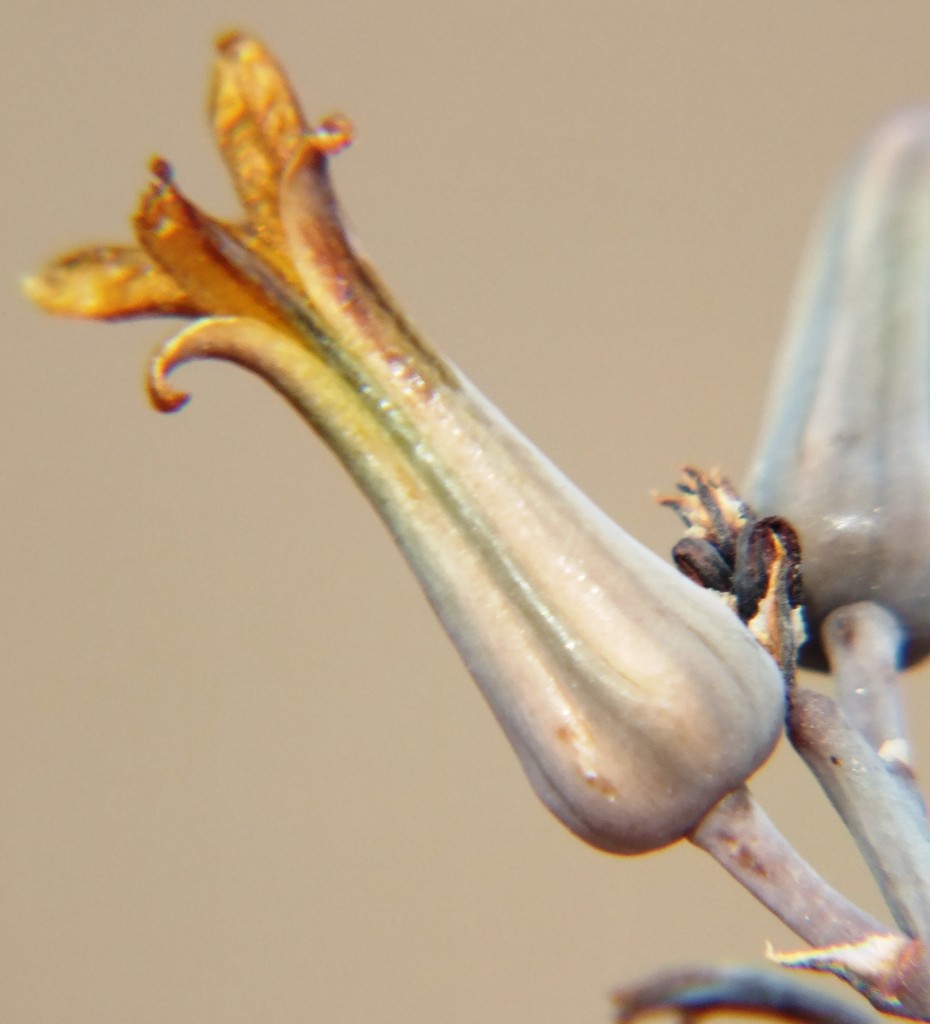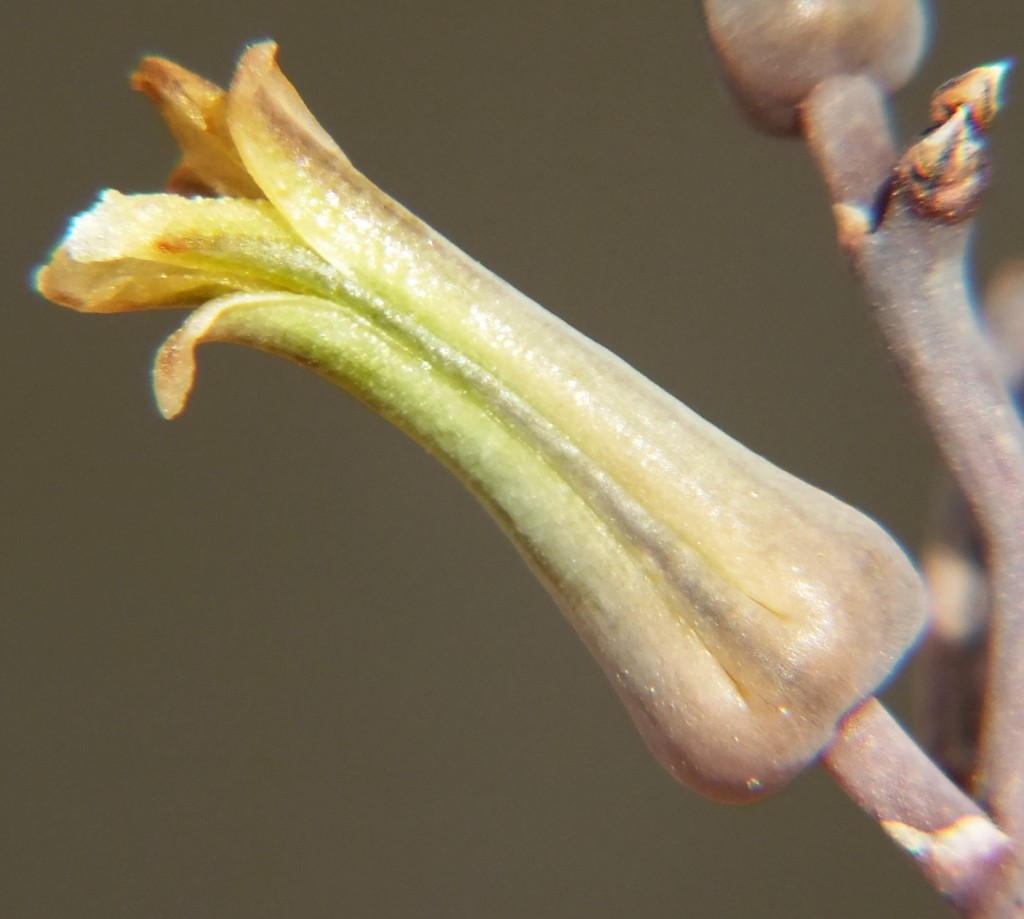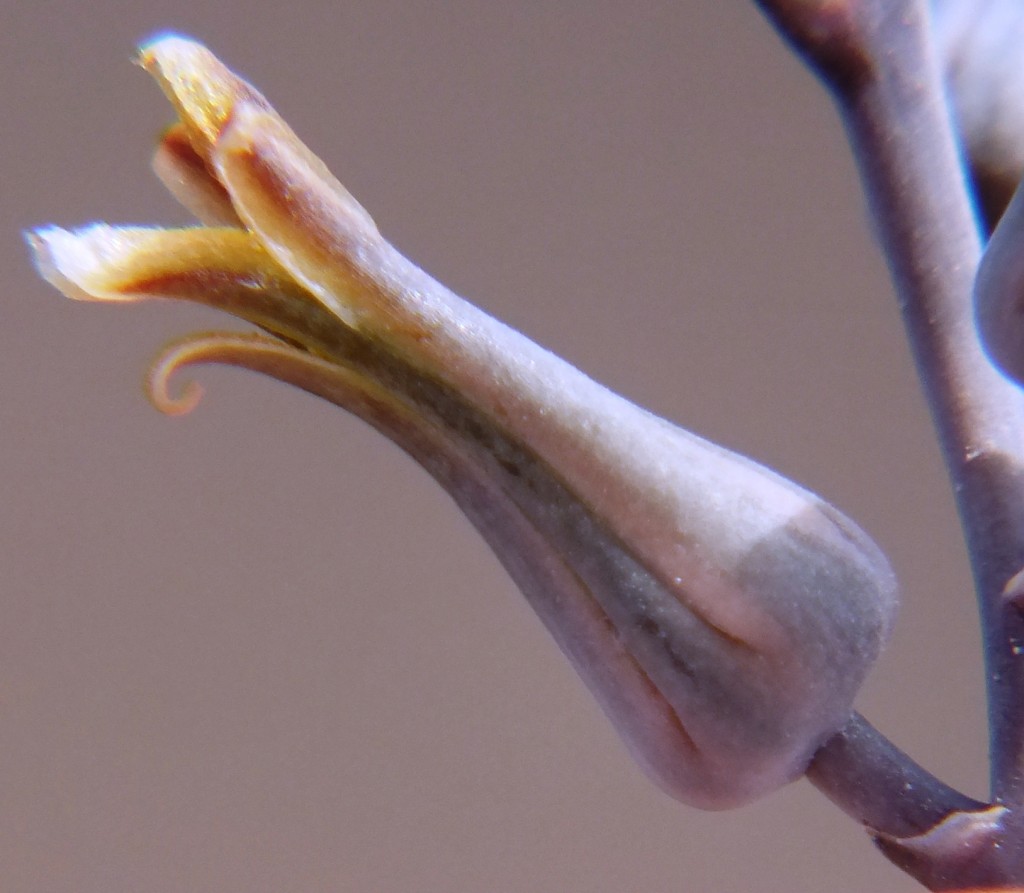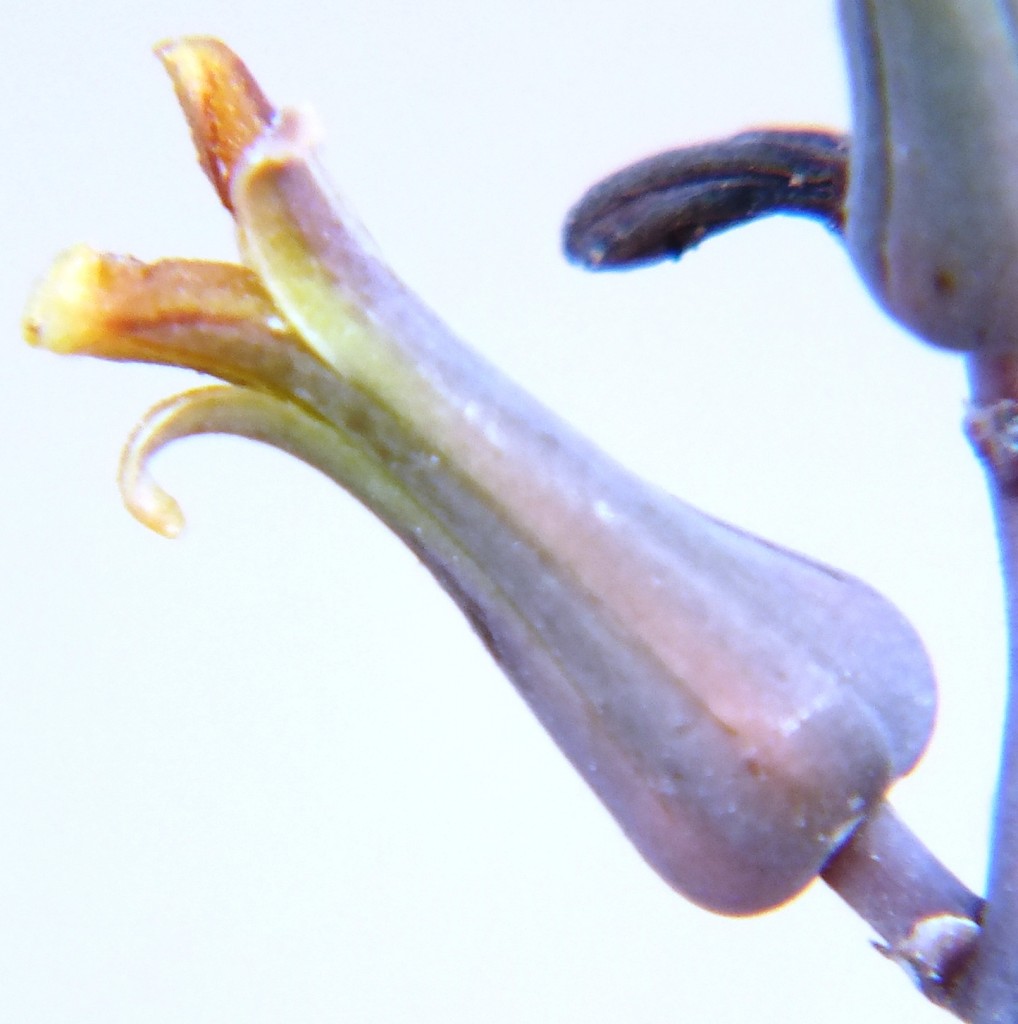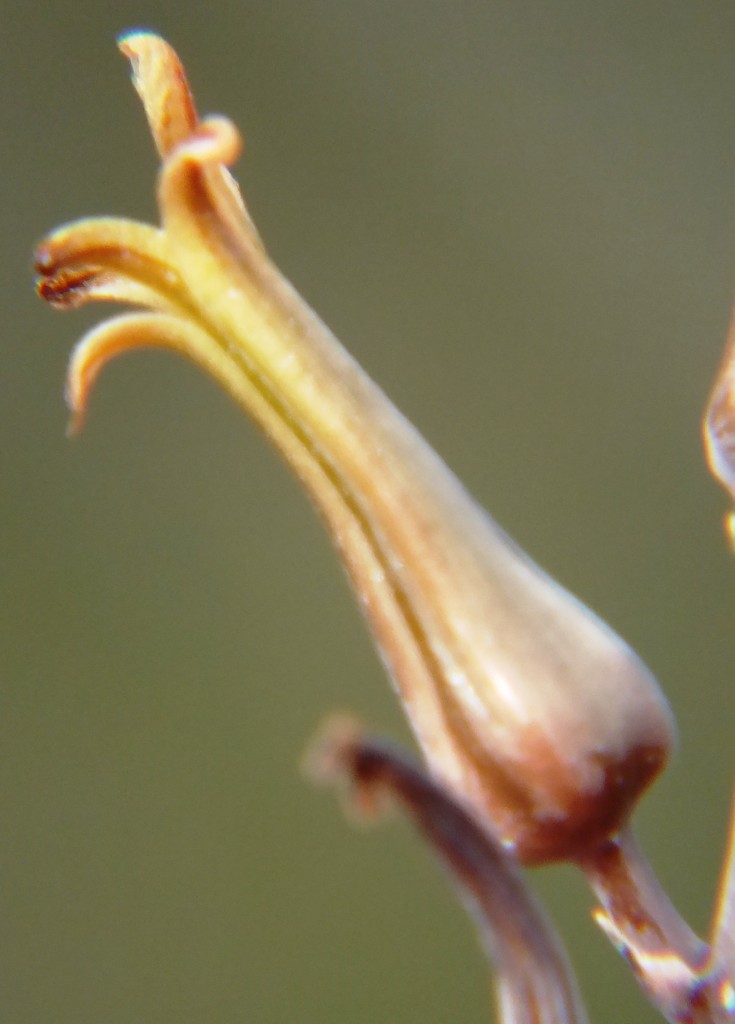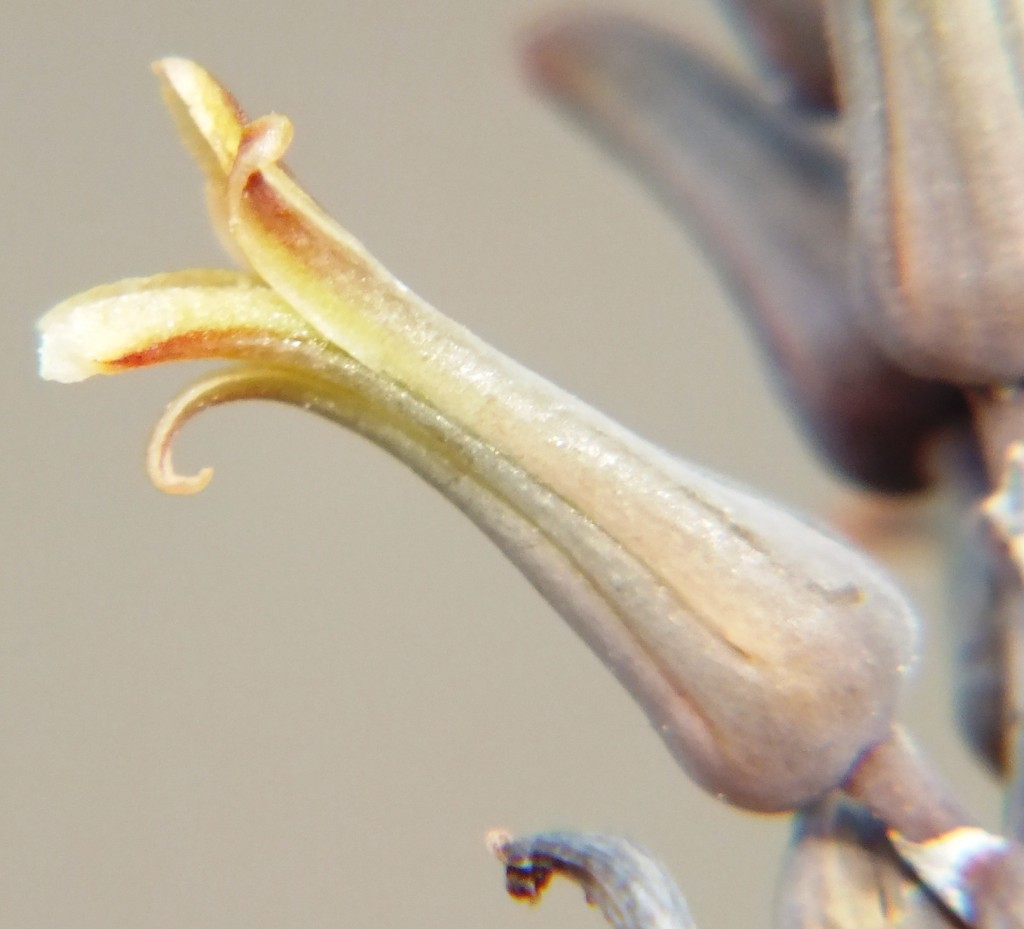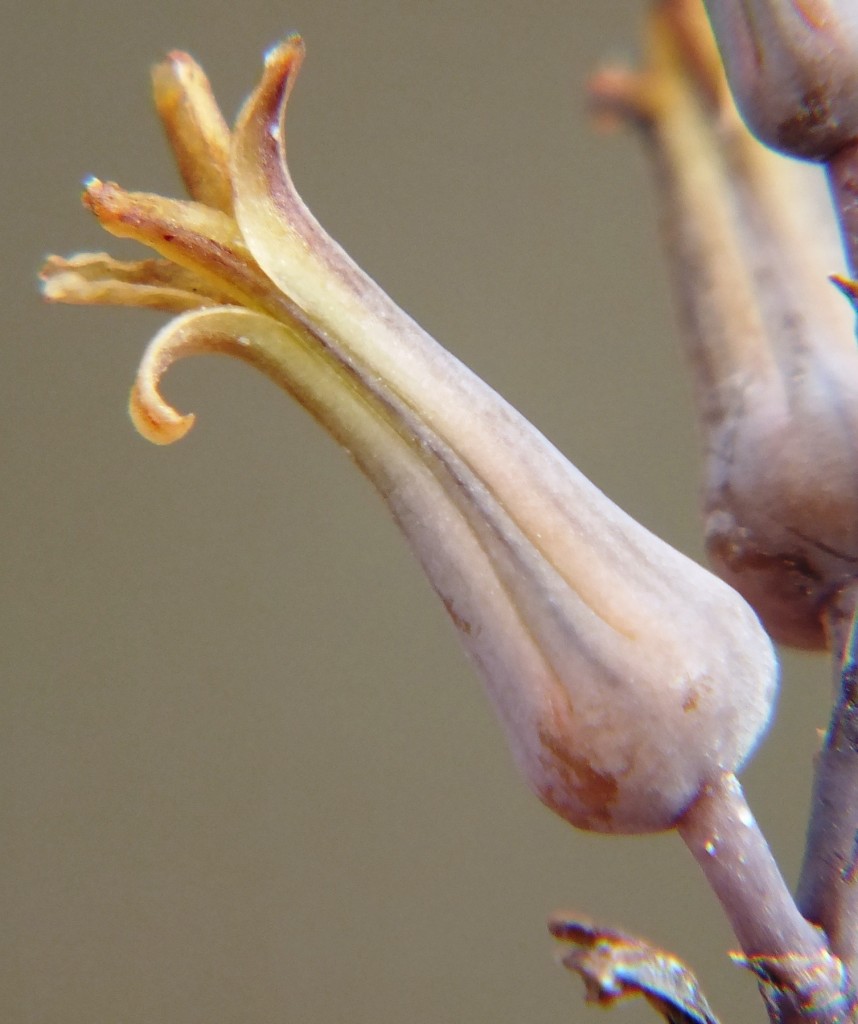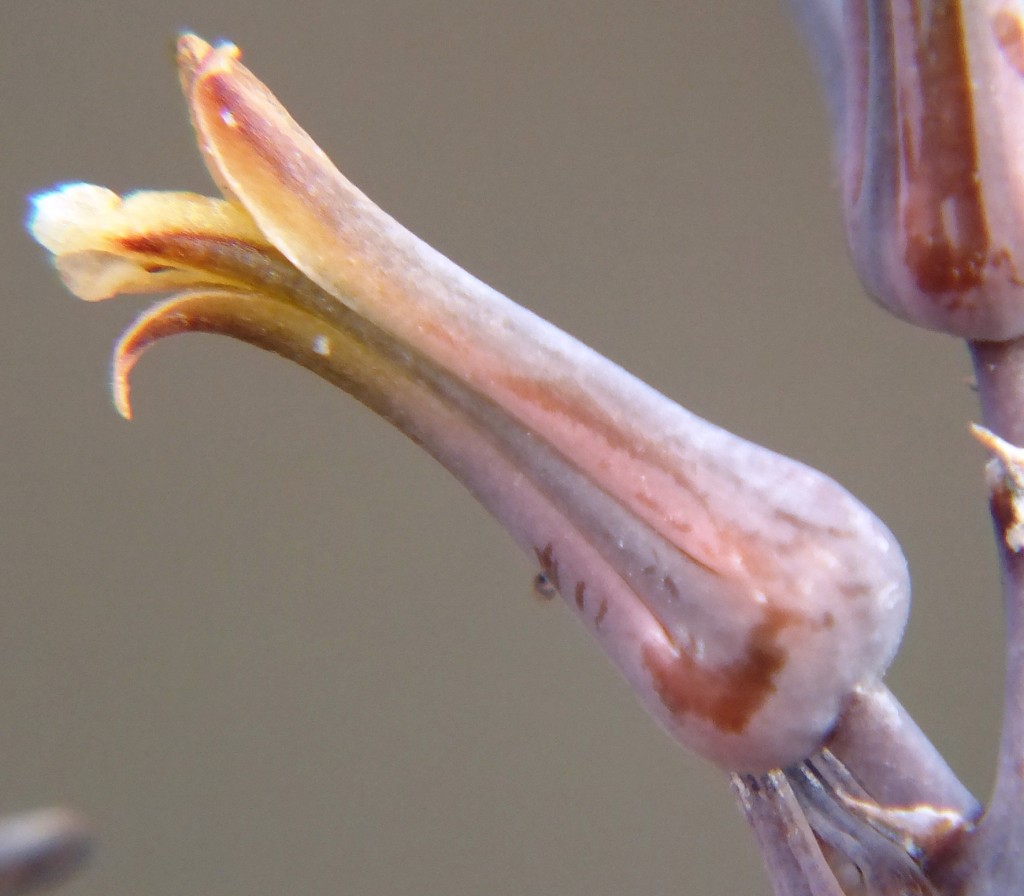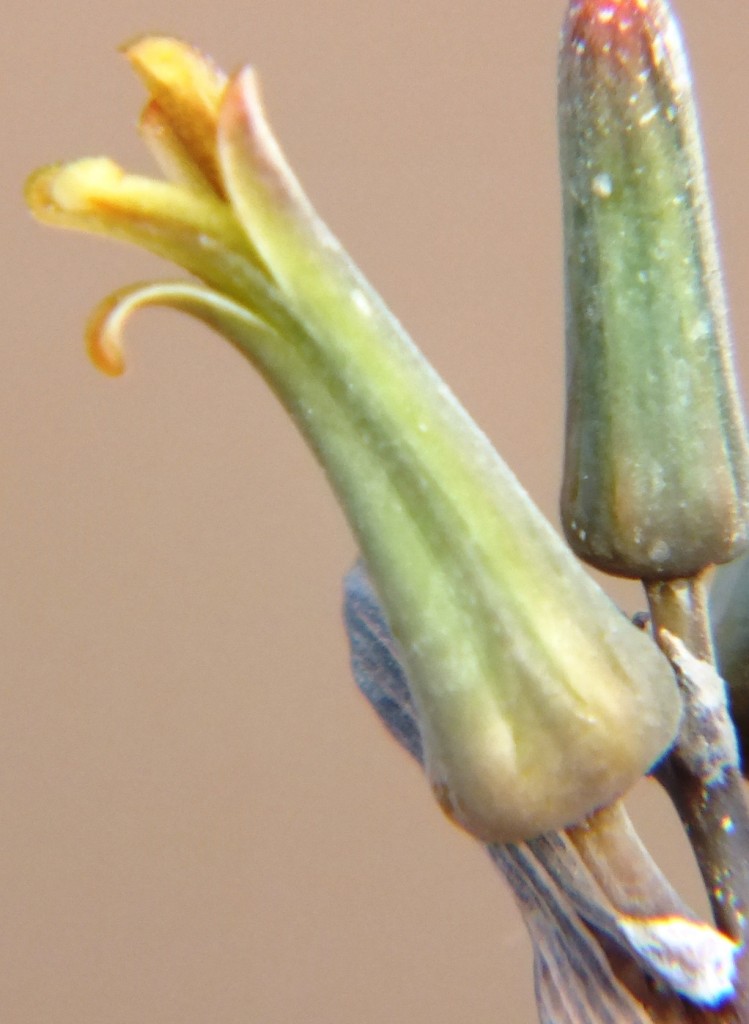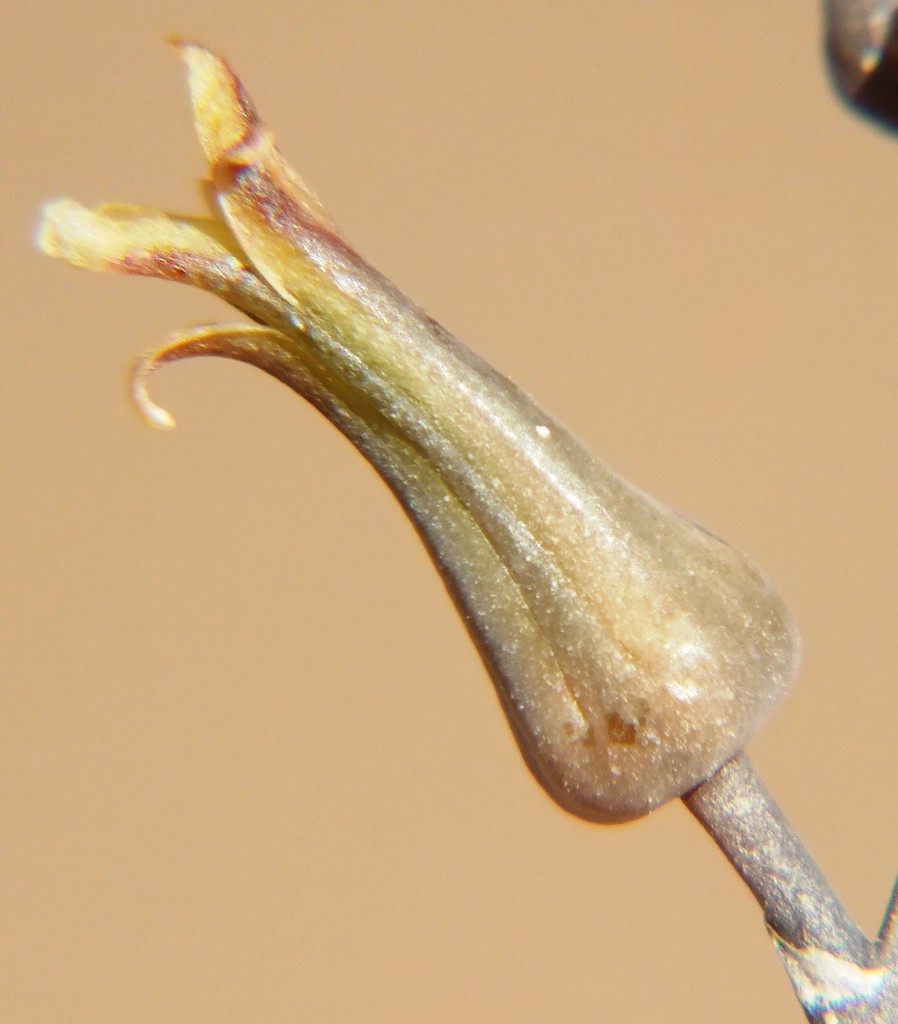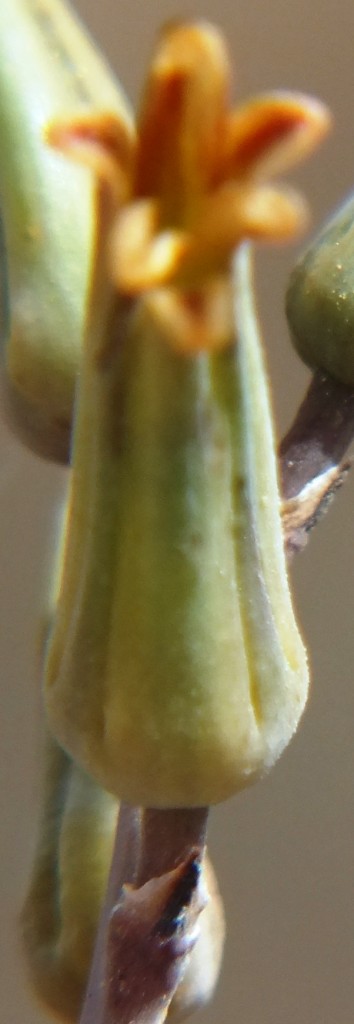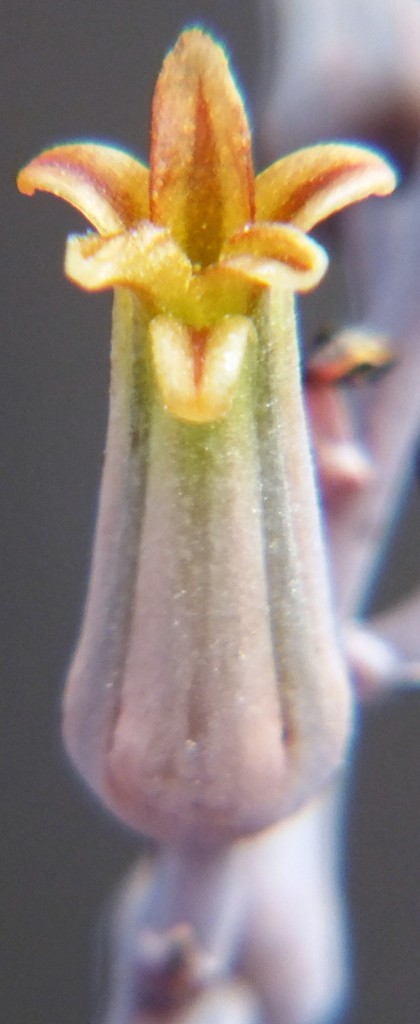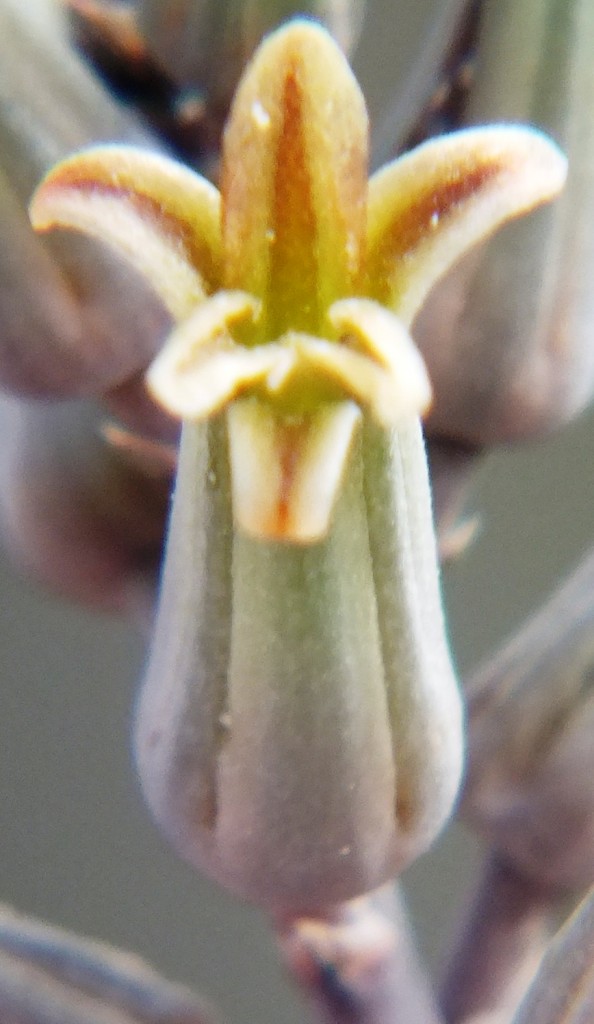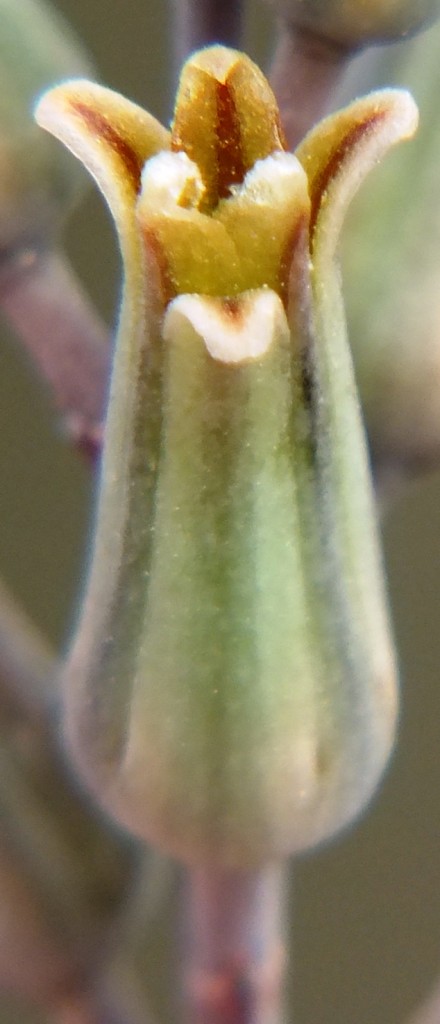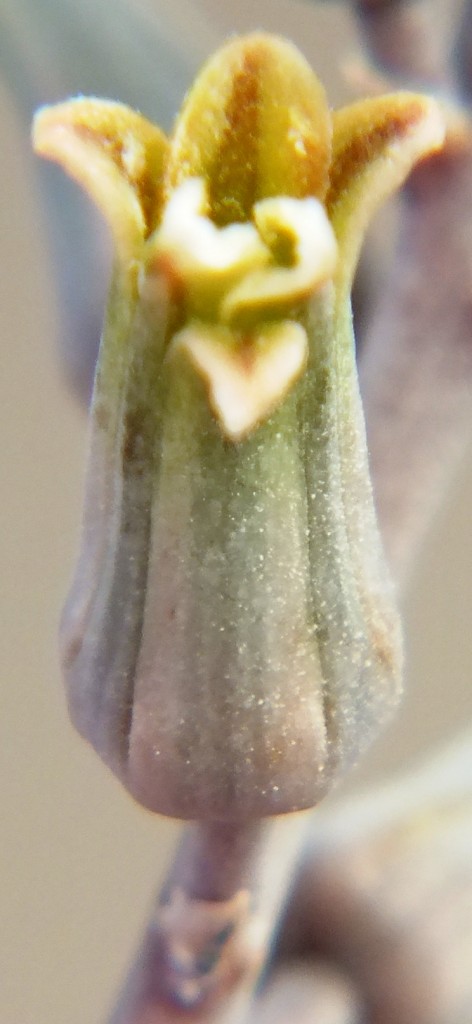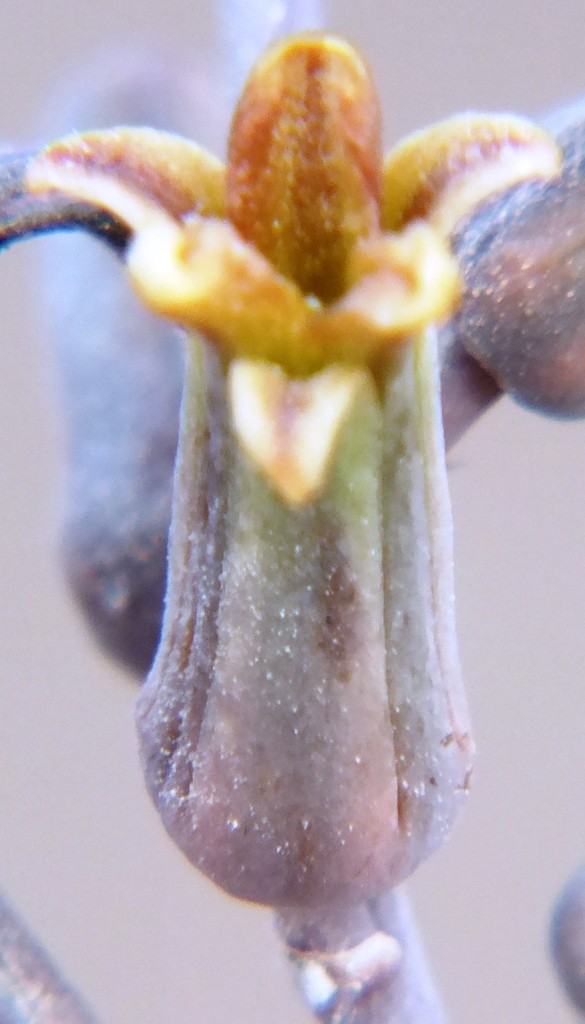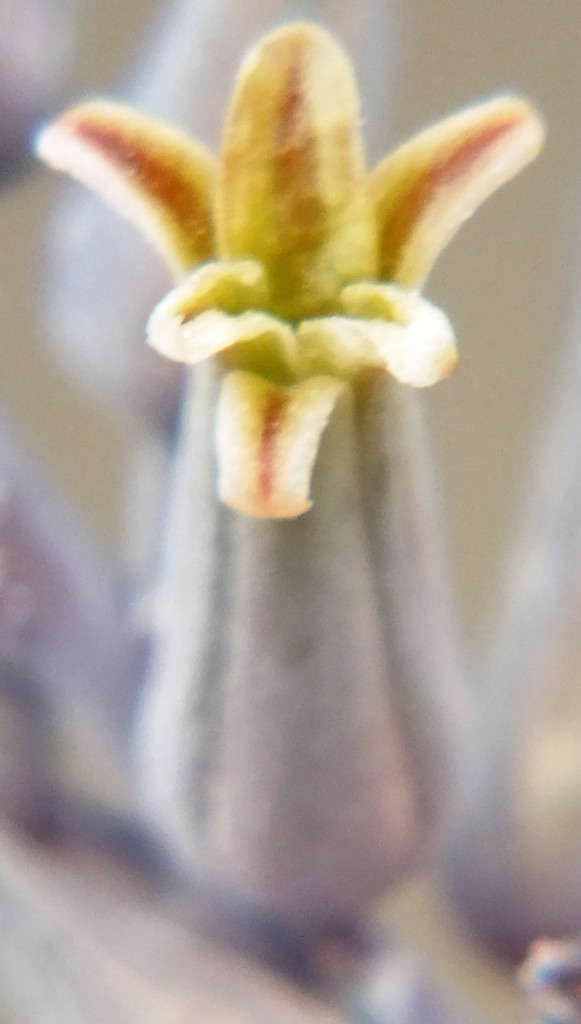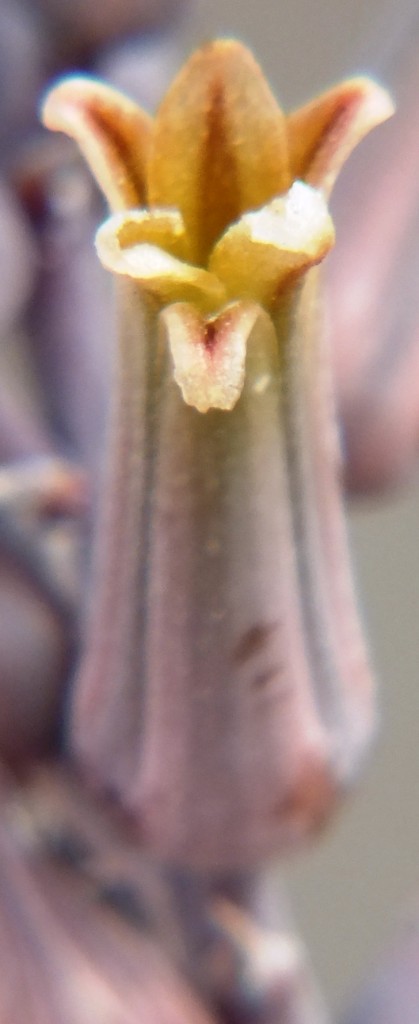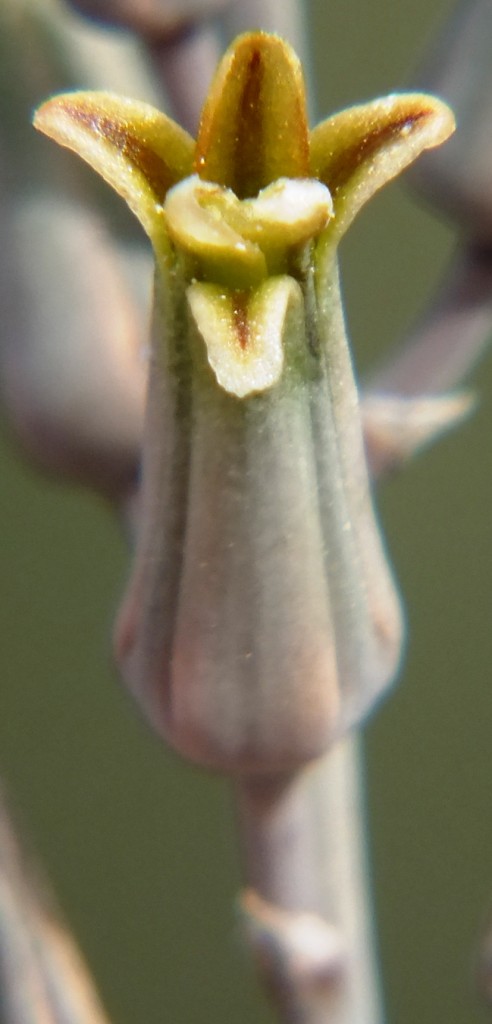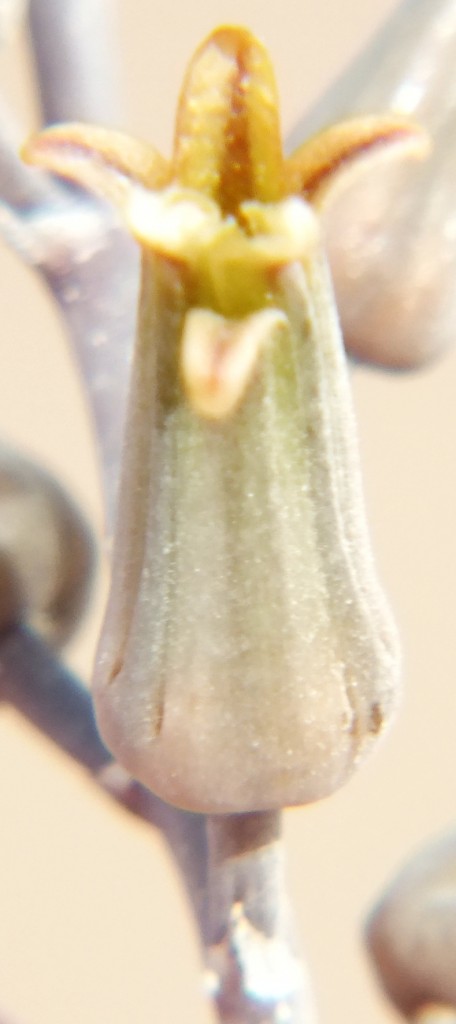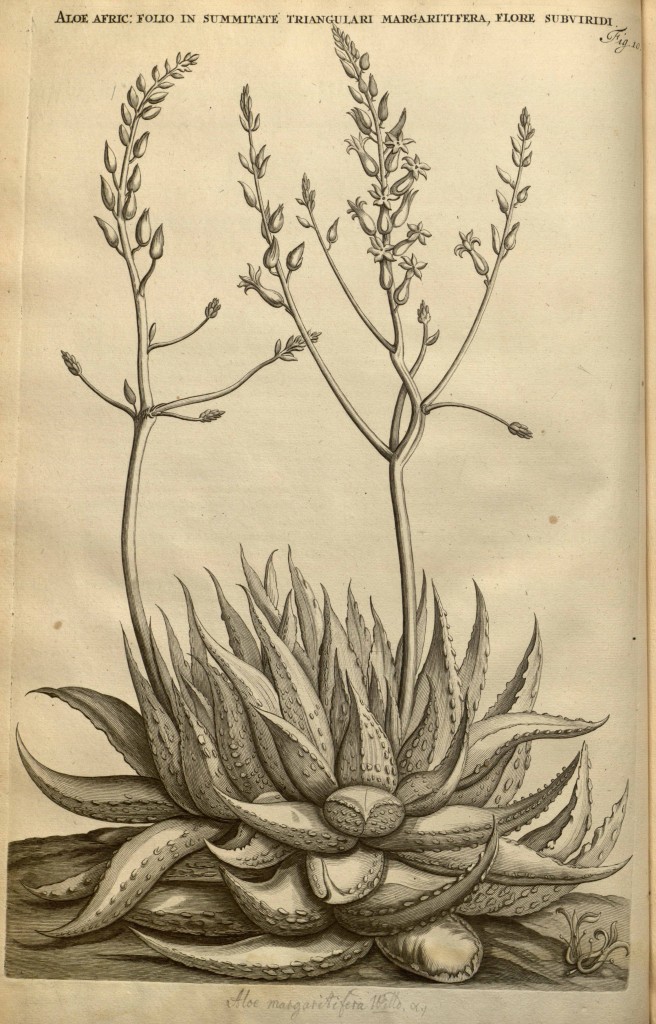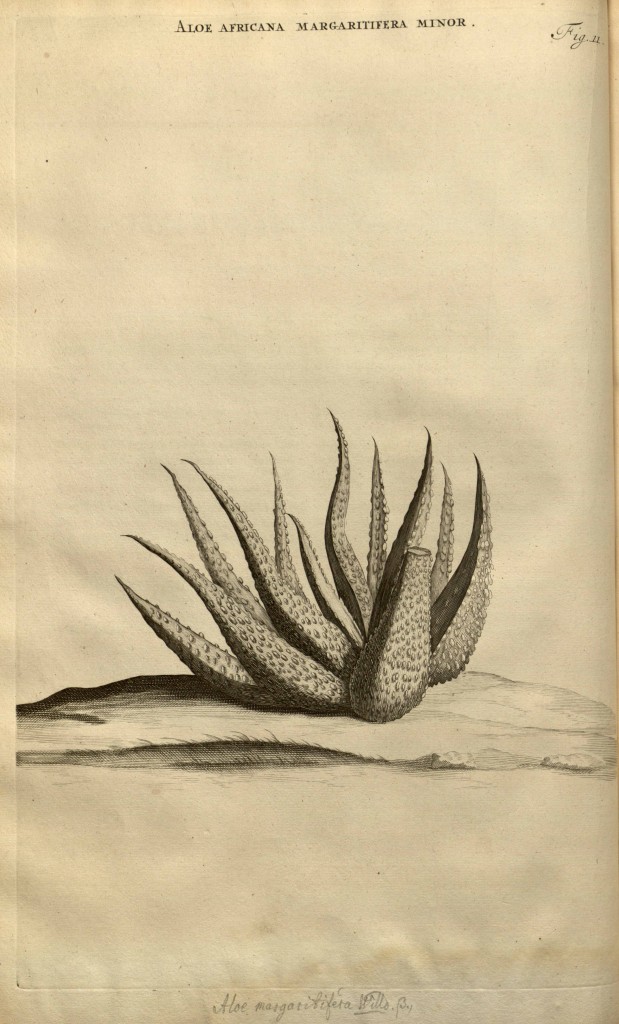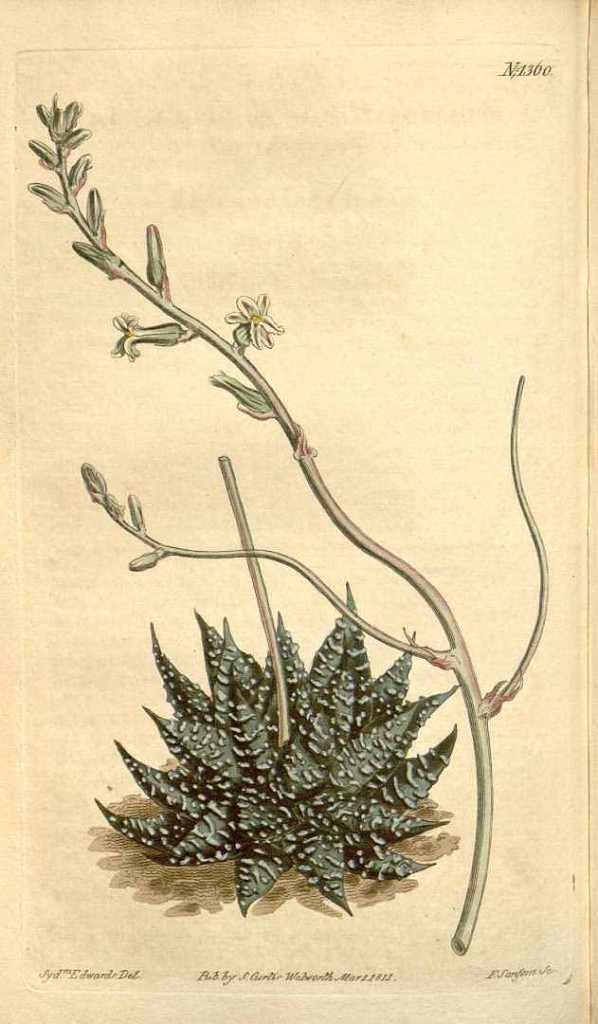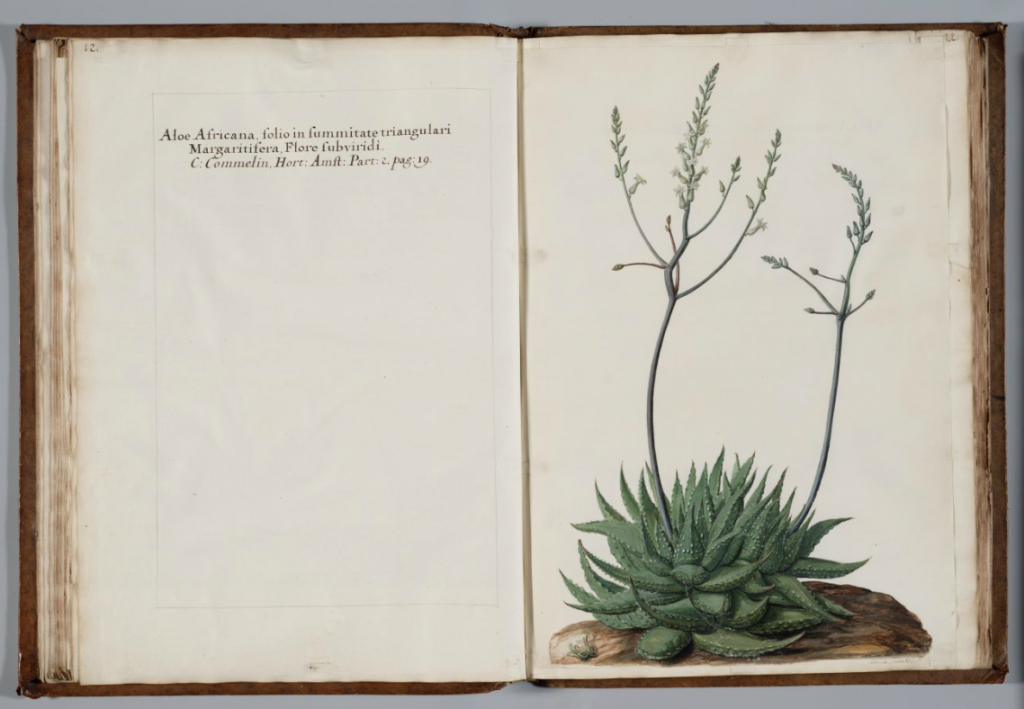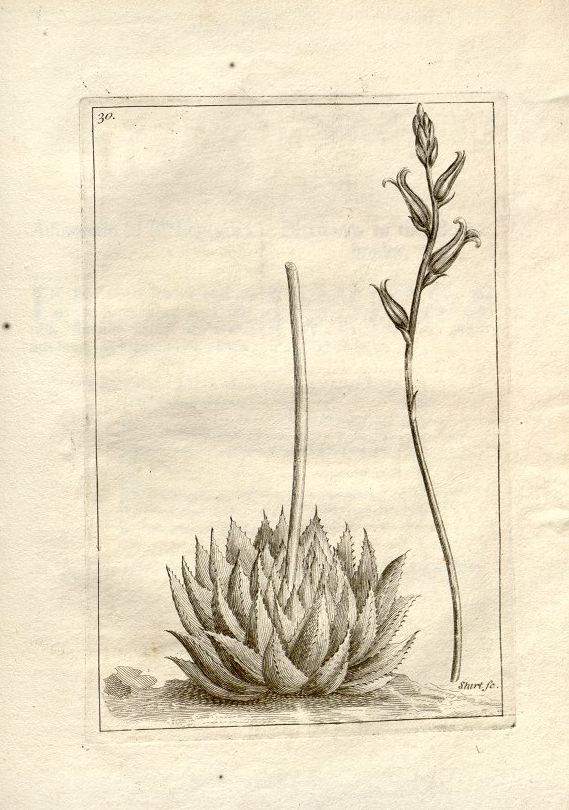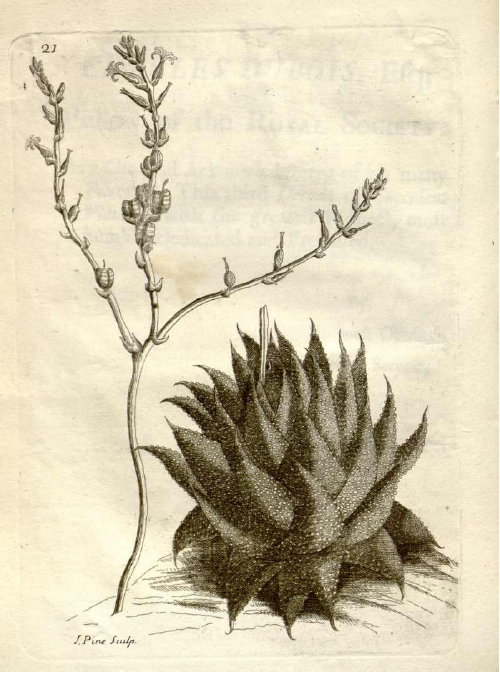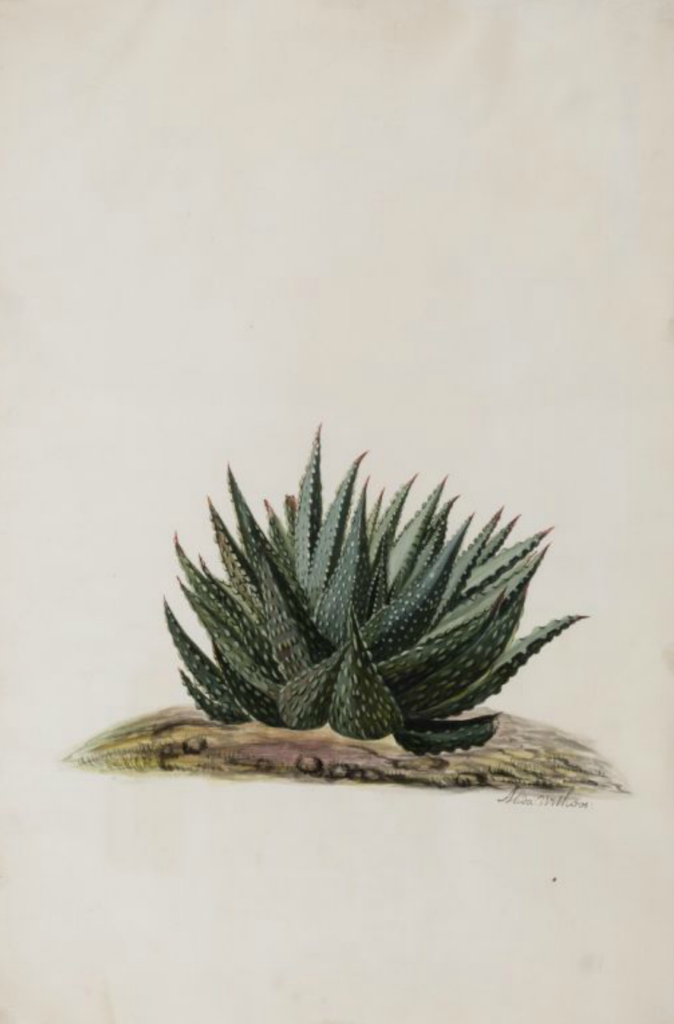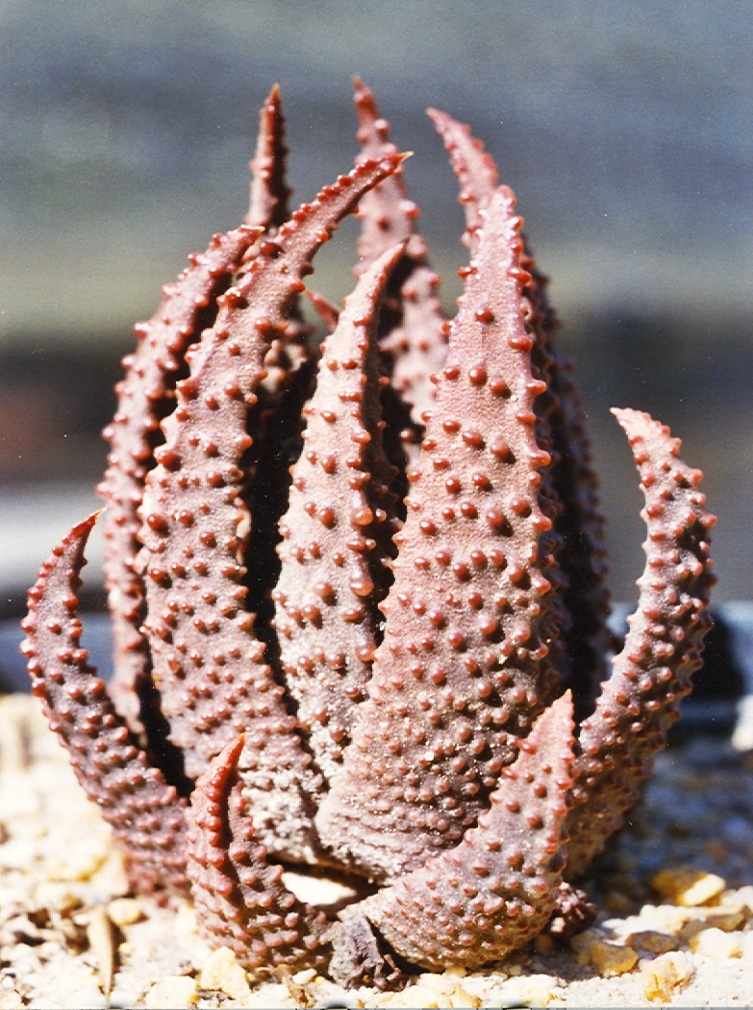61. Haworthia pumila (L.) M.B.Bayer comb. nov. Aloe 16: 44 (1978). Bayer: 82 (1982). Scott: 13 (1985). Type: Comm. Hort. Amstel.: 19, t 10, (1701). Epitype (ex B&M): Karoo Garden, Worcester, Compton 78963 (NBG): Aloe pumila var. margaritifera L., pro parte, Spec. Plant.: 322 (1753). L., Spec. Plant. 2: 460 (1762). Aloe pumila (L.) Burm.(f.), Prod. Fl. Cap.: 10 (1768). Thunb., Diss.: 183 (1785). Haworthia maxima (Haw.) Duval Hort. Allene.: 7 (1809). Haw., Syn. Pl. Succ.: 92 (1812). Haw., Suppl. Pl. Succ.: 53 (1819). Aloe margaritifera var. maxima Haw., Trans. Linn. Soc.: 7: 11 (1804). A. semimargaritifera var. maxima (Haw.) Salm-Dyck, Verz. Art. Aloe: 6 (1817). H. margaritifera var. semimargaritifera (Salm-Dyck) Baker, J. Linn. Soc. Bot. 204 (1880). Type: Hort. Dyck. not preserved: Aloe margaritifera (L). Miller, Gard. Diet.: 18 (1768). Lam., Encycl.: 88 (1783). Ait., Hort. Kew. 1: 468 (1789). H. margaritifera sensu M.B.Bayer, Cact. Succ. J. (US) 43: 157 (1971). Bayer: 133 (1976).: H. semiglabrata Haw., Suppl. Pl. Succ.: 55 (1819). Neotype (B&M): Salm-Dyck, Aloes Mesembr.: 6: t8 (1837): H. papillosa (Salm-Dyck) Haw., Suppl. Pl. Succ.: 58 (1819). Haw. Revis.: 55 (1821). A. papillosa Salm-Dyck, Verz. Art. Aloe.: 6 (1817). Salm-Dyck, Aloes Mesembr. 6: 14 (1836). Type: Salm-Dyck, Monogr. 6:t4.
pumila: dwarf.
(Note: non H. pumila (L.) Duval, Hort. Alene. 7 (1809). Non Aloe pumila (L.) Haw., Trans. Linn. Soc.: 7: 10 (1804). A. arachnoidea var. pumila Ait., Hort. Kew.: 468 (1789). Aloe arachnoidea var. pumila Willd., Spec. Plant.: 188 (1799). Typified by: Boerh., Index Pl. Lugdb. 2: t131,(1720). = H. herbacea (Mill.) Stearn.).
Rosette stemless, slowly proliferous, to 250 mm tall. Leaves to 140 X 20 mm, nearly as thick as wide, attenuate, spreading, lanceolate-deltoid, surfaces scabrid with raised, rounded non-confluent tubercles, colour brownish- to olive-green. Inflorescence sparsely branched, lax. Flowers tepals fused, tube straight, lobes abbreviated, veins brownish-green.
1982 – Linnaeus is regarded as the founder of modern botanical nomenclature, and the example of H. pumila shows what confusion reigns where he did not give a clear lead. C.L. Scott correctly resurrects the name H. pumila, although Duval had a quite different species in mind. The confusion that resulted from Salm‑Dyck’s publication Catalogue Raisonne des especes d’ aloes (1817) has simply worsened to the present day. This is so much the case that some of the synonyms are regarded as separate species. H. pumila is the largest of the haworthias growing up to 300mm tall. It is usually dark brownish‑green with large off‑white rough tubercles. The tips of the florets are also brownish‑green. Its distribution is primarily the Karroid Broken Veld of the Worcester/Robertson Karoo, but it occurs in the Hex River Valley, Montagu, Barrydale (unconfirmed collections) and Stormsvlei areas. The plethora of names is not justified by the variability of the species. Only once has a completely glabrous form ever been collected (undocumented), and it is only at Lemoenpoort south of Worcester where the plants are sparsely tubercled. H. papillosa has only been upheld on the basis of leafy stem and regular arrangement of the leaves in vertical tiers. This is nonsensical, as the leaves are arranged in spirals and inevitably some specimens will appear to have vertical leaf tiers (see Bayer, 1973). A problem arises where H. marginata and H. pumila grow together as happens at Bonnievale, Ashton and Drew, because, improbable as it may seem, the two species appear to intergrade. H. pumila is strictly a winter‑growing species. It is seldom proliferous but clumps do occur and it can be propagated from whole leaves. In cultivation it is also sensitive to leaf aphis in the heart of the plant.
1999 – Many experienced and skilled taxonomists have given attention to the nomenclature of this species, and failed to have produced a good answer. Part of the problem is that the types upon which the names have been based have simply not been understood. H. pumila (Haw.) Duv. is based on the same type as H. herbacea (Mill.) Stearn, and it appears to me that it is therefore unavailable for this species. There are actually six original illustrations to serve as types, and these are set out in the synonymies of this species and of H. minima. If these are followed through properly, it is apparent that the name H. margaritifera Haw. follows Aiton and is based on an illustration that is also H. minima. Haworth’s H. margaritifera is synonymous with his Aloe margaritifera var. major of 1804 which specifically excludes t10 of Commelin. It is based on the illustration by Bradley (t21, 1725) and no one can dispute that Bradley’s description is of the smaller species (“leaves…. a little more than one inch in length”). H. margaritifera is therefore a later synonym of H. minima. Five of the six illustrations available as types are, in my opinion, H. minima. This also reflects two things. Firstly, H. minima would, by virtue of its distribution south and east of the Langeberg mountains, have been far more exposed to early exploration and travel. Secondly it is far more amenable to cultivation than the more difficult to grow H. pumila. The fact that competent taxonomists have failed to reach consensus and an understanding of this species leads me to unashamedly to present my own solution. What Haworth may have written about consummate skill and unwearied attention, also seems to apply to the rules on nomenclature. To survive in that environment seems to call for the legal mind of a judge and a minimal knowledge of the plants one is attempting to designate.
The distribution of H. pumila really is interesting as it is found in several places in the western Little Karoo, from as far north-east as the Anysberg Reserve. It is also common in the area around Pieter Meintjies and Matjesfontein, west of Laingsburg, impinging on the Great Karoo. The record from west of Barrydale requires confirmation. It hybridises with Astroloba muricata near Montagu. E. Aslander has found the same hybrid to the east of Barrydale but only observed the Astroloba. Possibly the other parent may be H. minima.
Distribution: 3319 (Worcester): Osplaas, DeDoorns (-BC), Bayer (NBG); Worcester (-CB), Bolus (BOL); Karoo Garden (‑CB), Compton 18963 (NBG), Smith 7202 (NBG), Barker 5097 (NBG); Doornrivier (-CD), deVilliers in NBG477/36; Lemoenpoort (-CD), Bayer (NBG); Mowers (-DA), Bayer 6622 (NBG); W. Rooiberg (-DC), Bayer 6623 (NBG); Vrolijkheid (-DD), Burgers 58 (PRE); Robertson (-DD), Marloth 7982 (PRE). 3320 (Montagu): W. Matjesfontein (-AB), C.A. Smith 2508a (PRE); Jagersfontein (-AB), McKenzie (NBG); Matjesfontein (-BA), Pillans 875 (BOL); Anysberg (-BC) (NBG); Baden (-CA), Neil (BOL); near Montagu (-CB), Esterhuysen (BOL), Bolus 7513 (BOL); Robertson (-CC), Hurling & Neil 13735 (PRE); W. Barrydale (-DC), Smith 7127 (NBG). 3420(Bredasdorp): Stormsvlei (-AA), (NBG).
Inadequately located: Ex hort, Peers (NBG); Ex hort Whitehill (NBG); Cape, Marloth 5962 (PRE);


Haworthia pumila JDV94/17 Dublin. In this population, the plants are superficially like large plants of H. scabra. The tubercles are concolourous. 
Haworthia pumila JDV85/59 Lemoenpoort. An odd population with lovely purple colouration. 
Haworthia pumila JDV83/2 southwest of Worcester. There is some evidence that ‘doughnut’ tubercles occur in this population. 
Haworthia pumila JDV90/26 Bonnievale. There are reputed to be some very large specimen in this area. 
Haworthia pumila JDV83/2 southwest of Worcester. A remarkable and dense population. 
Haworthia pumila JDV95/2 Rooiberg. At higher altitude on a very dry northwest slope. 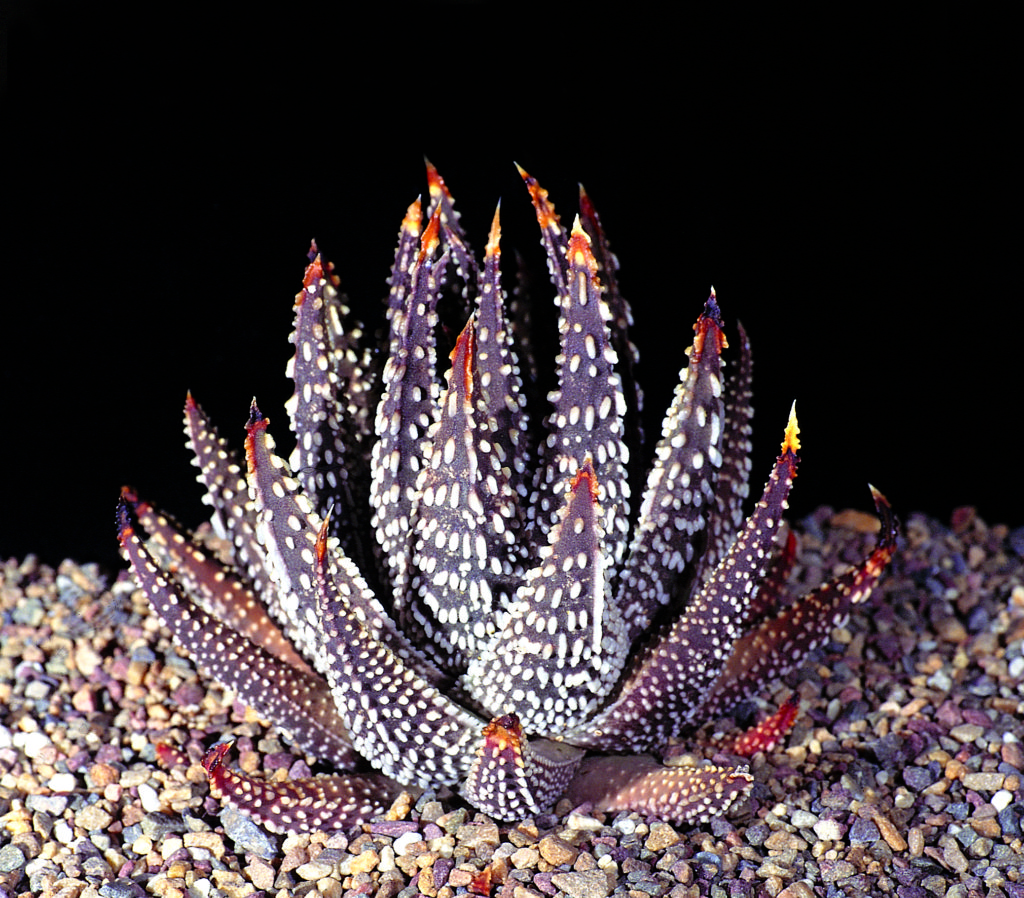
Haworthia pumila JDV83/4 Mowers. In the natural state, every plant looks like a work of art.



